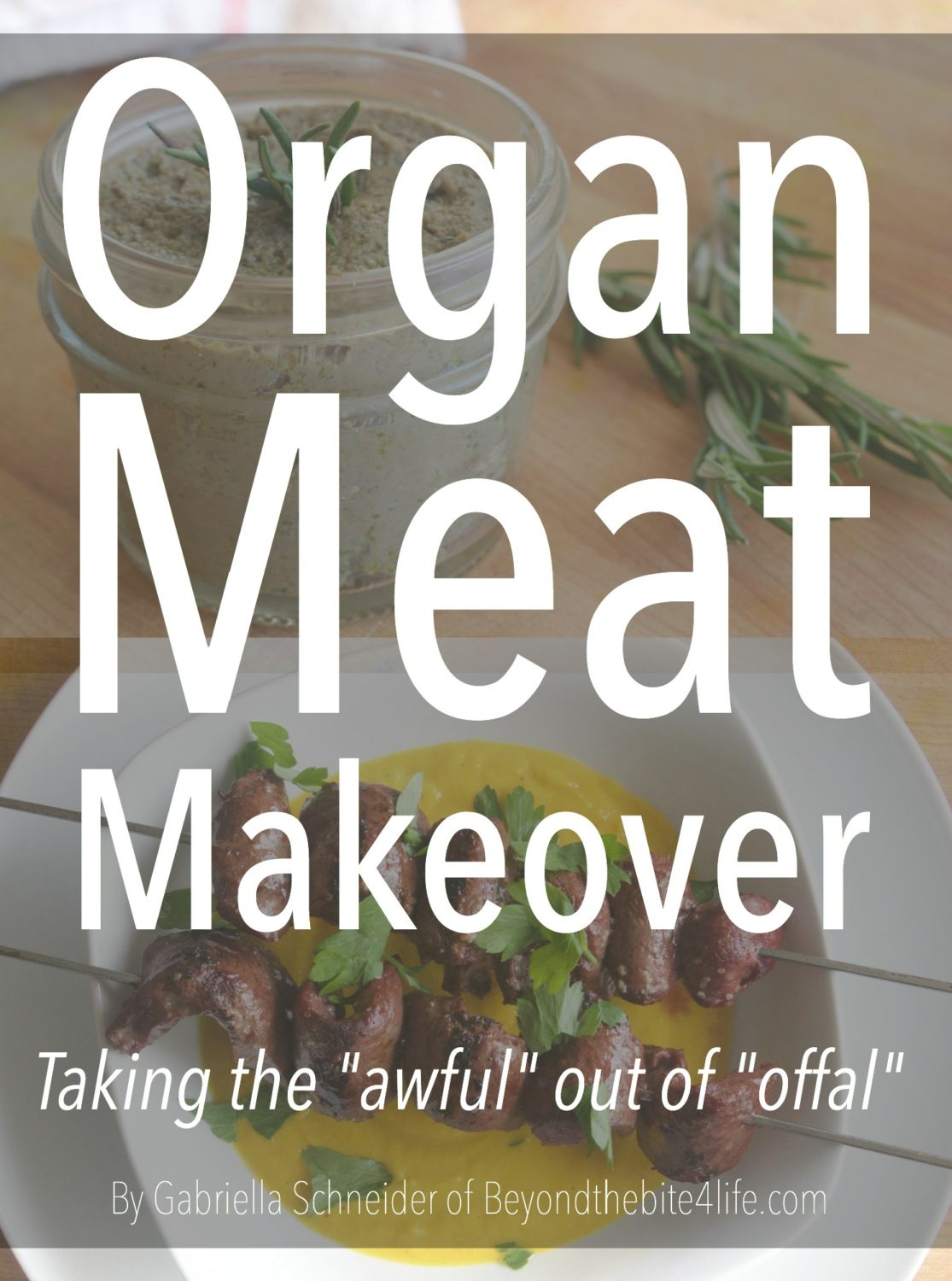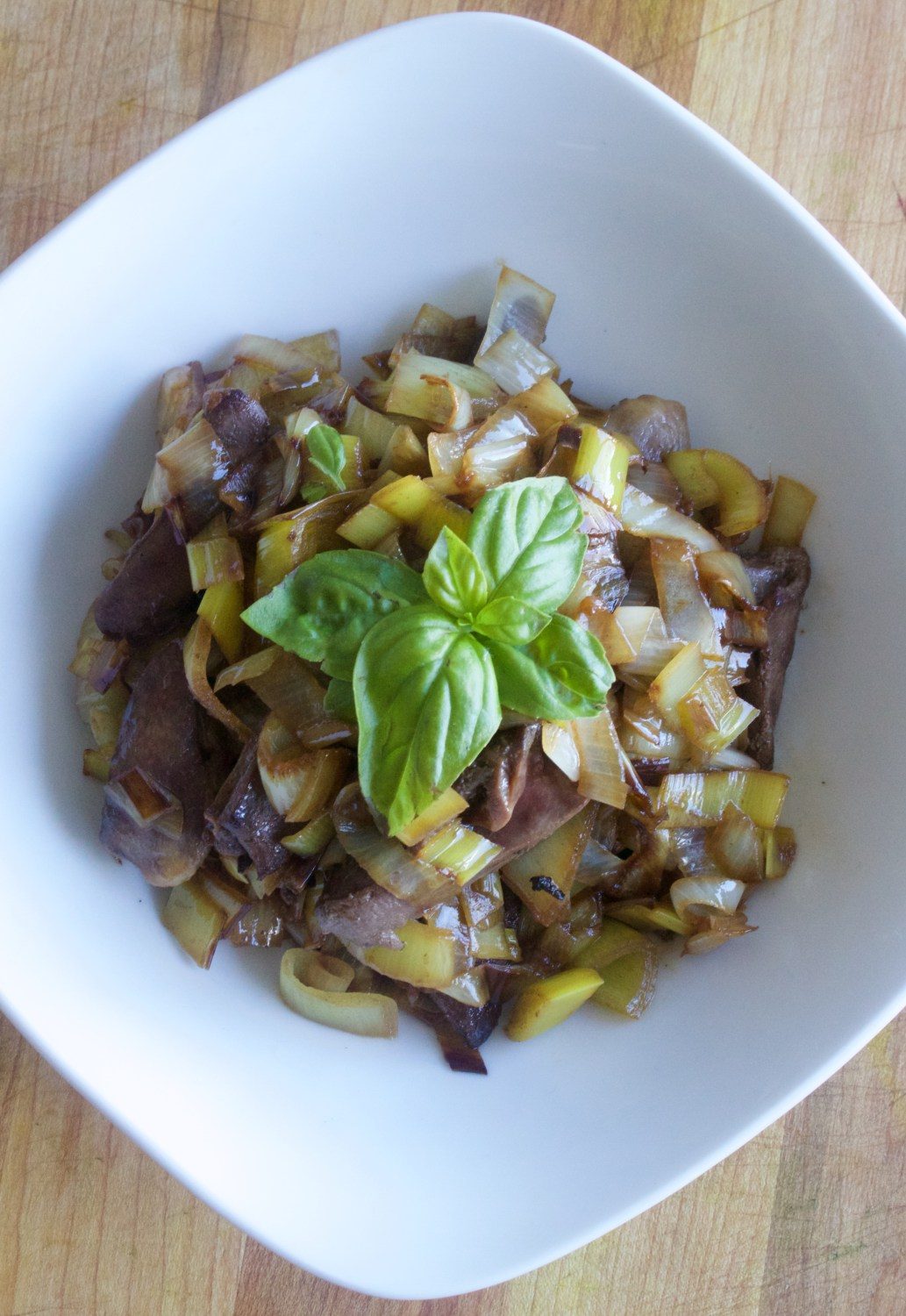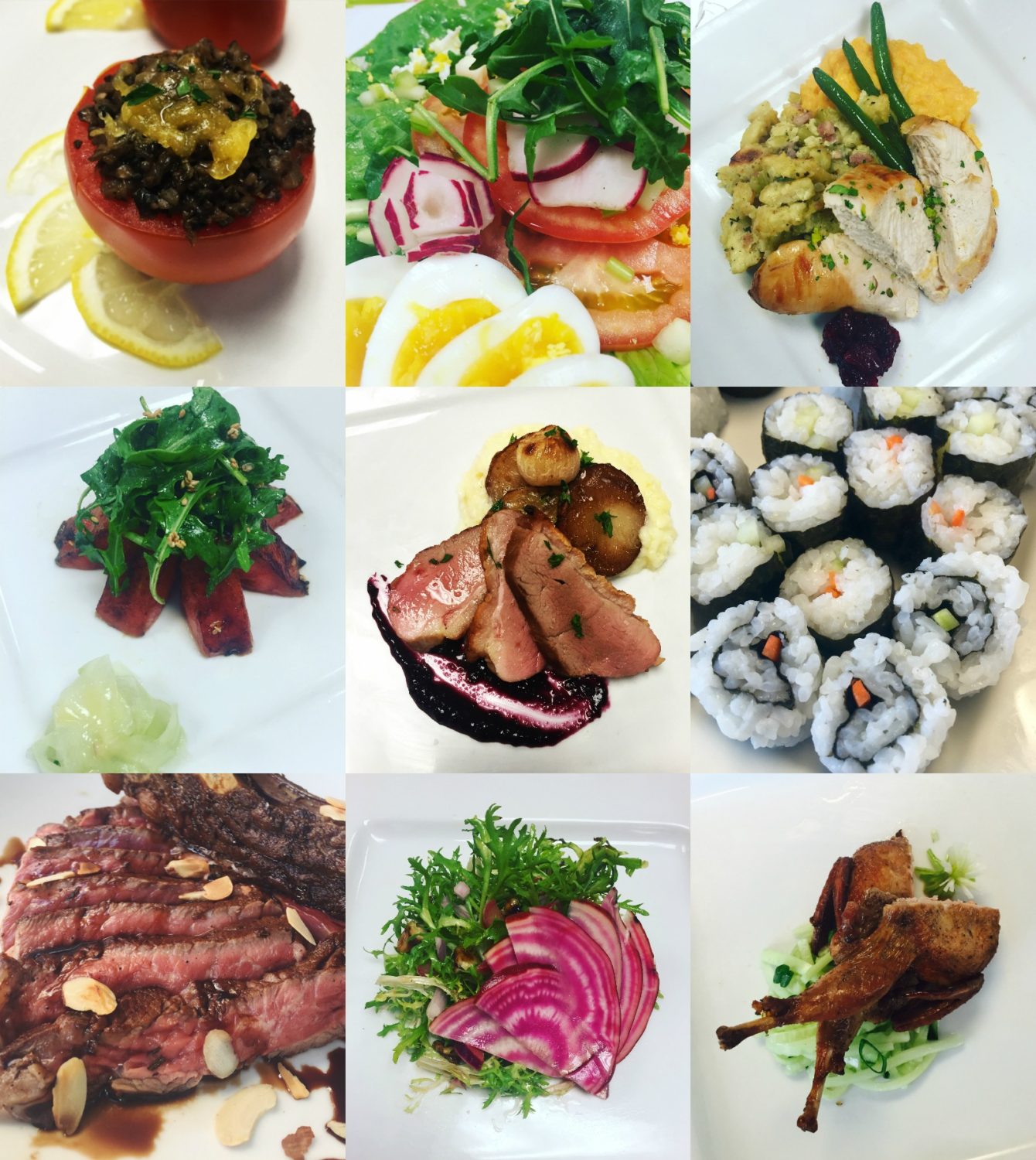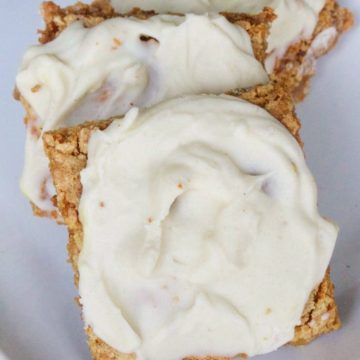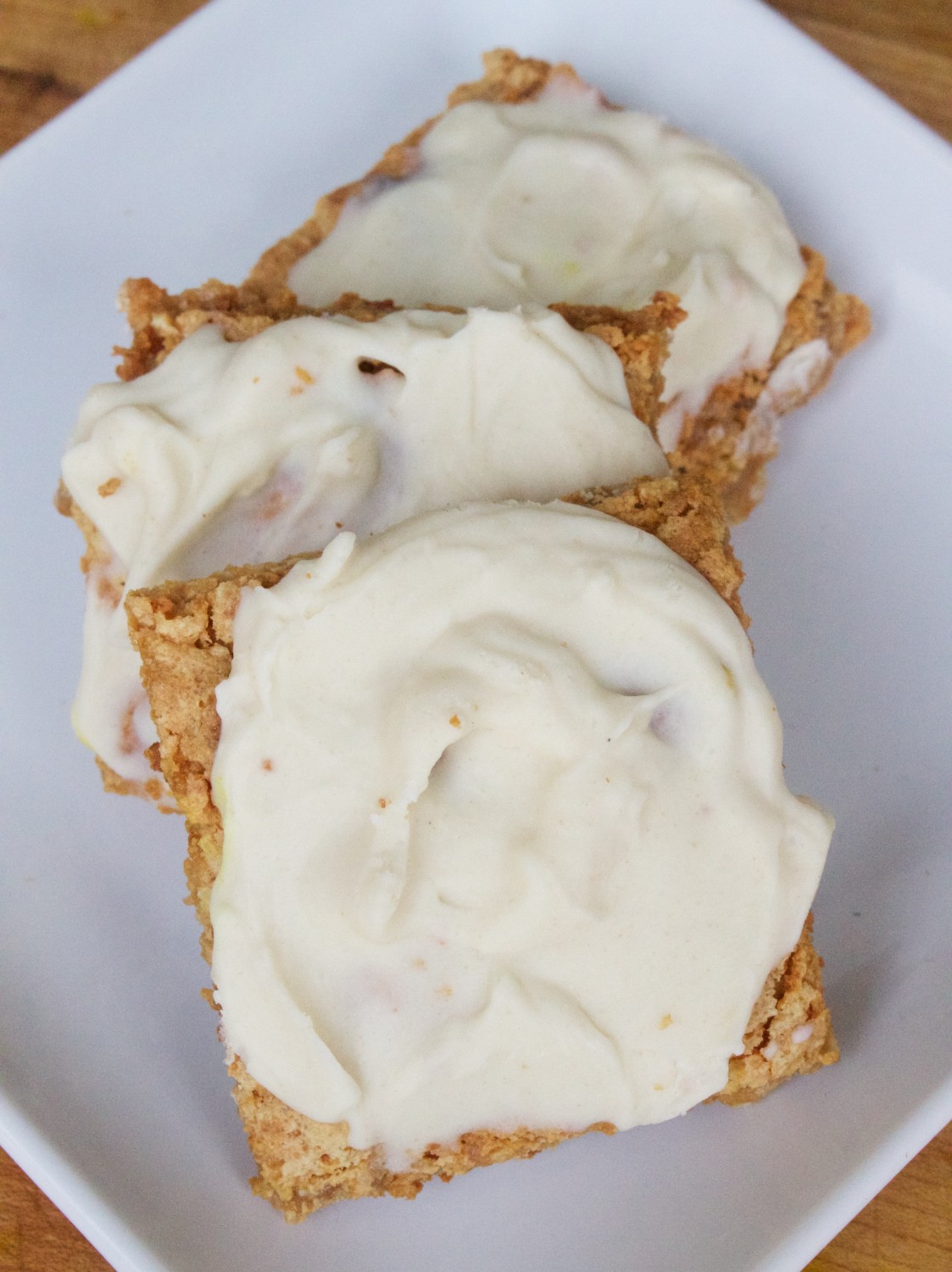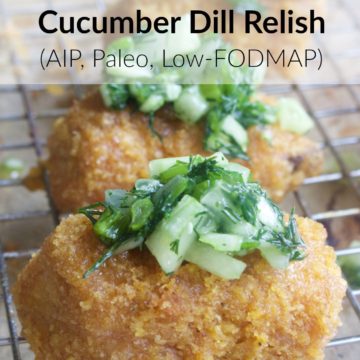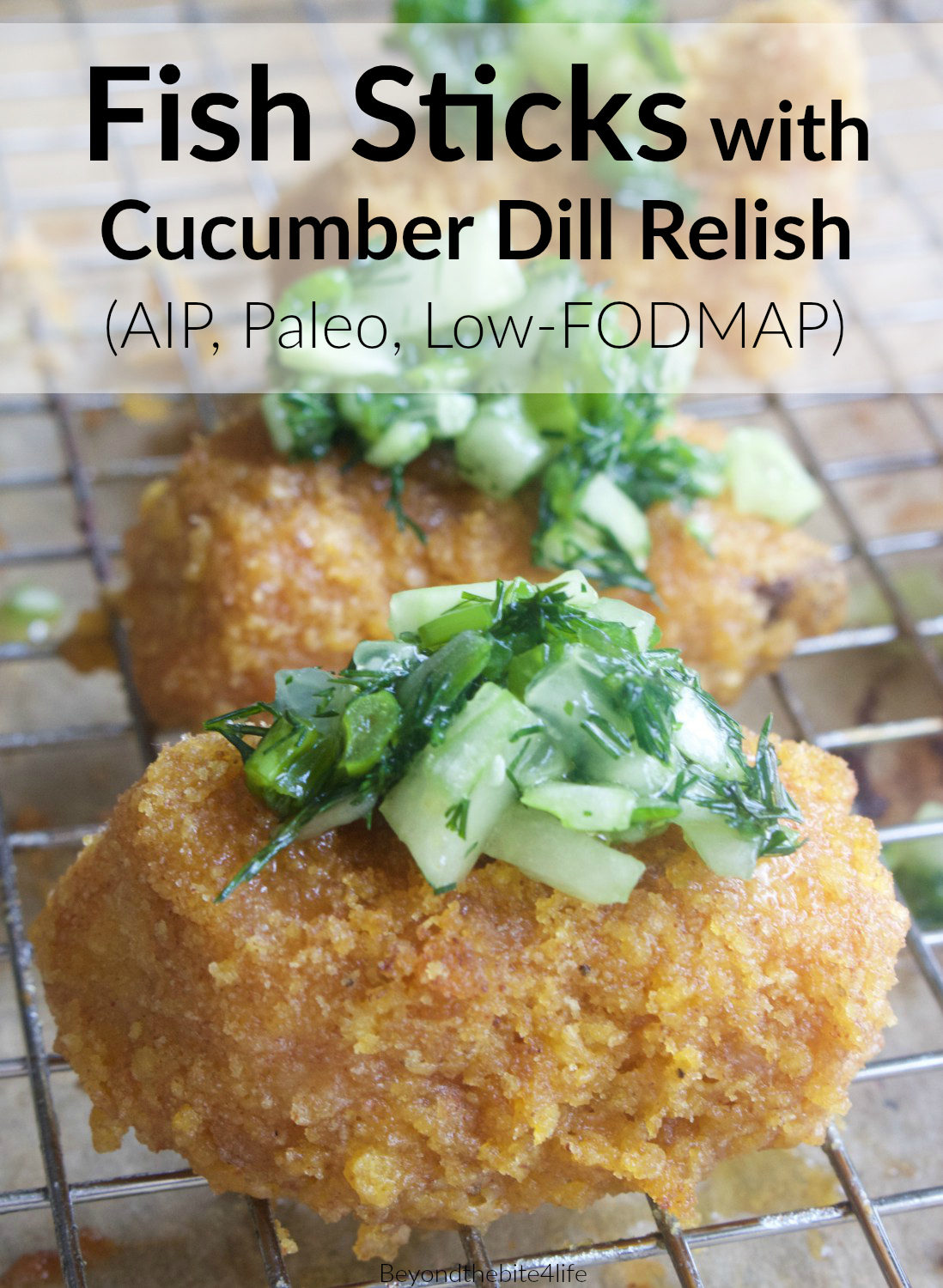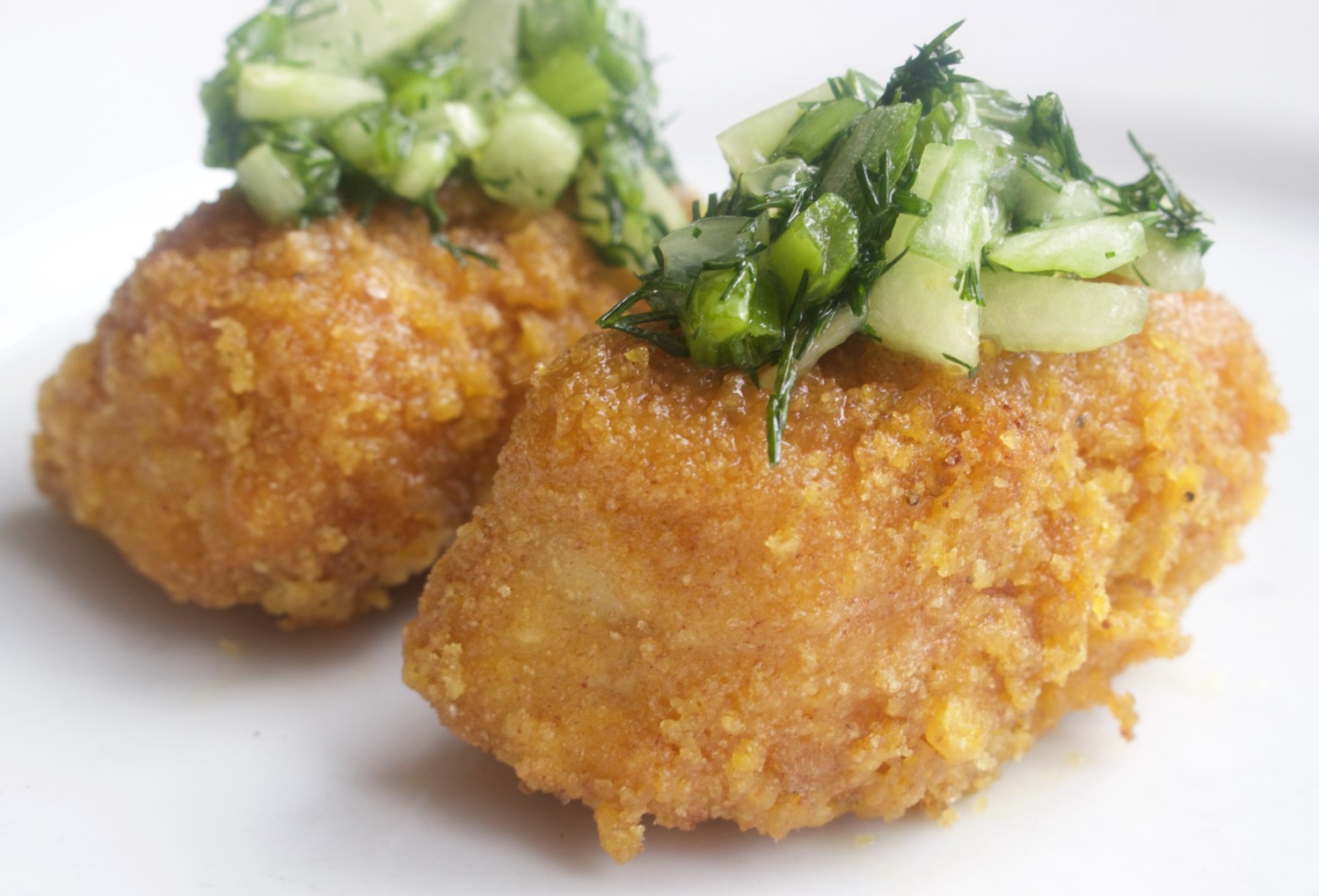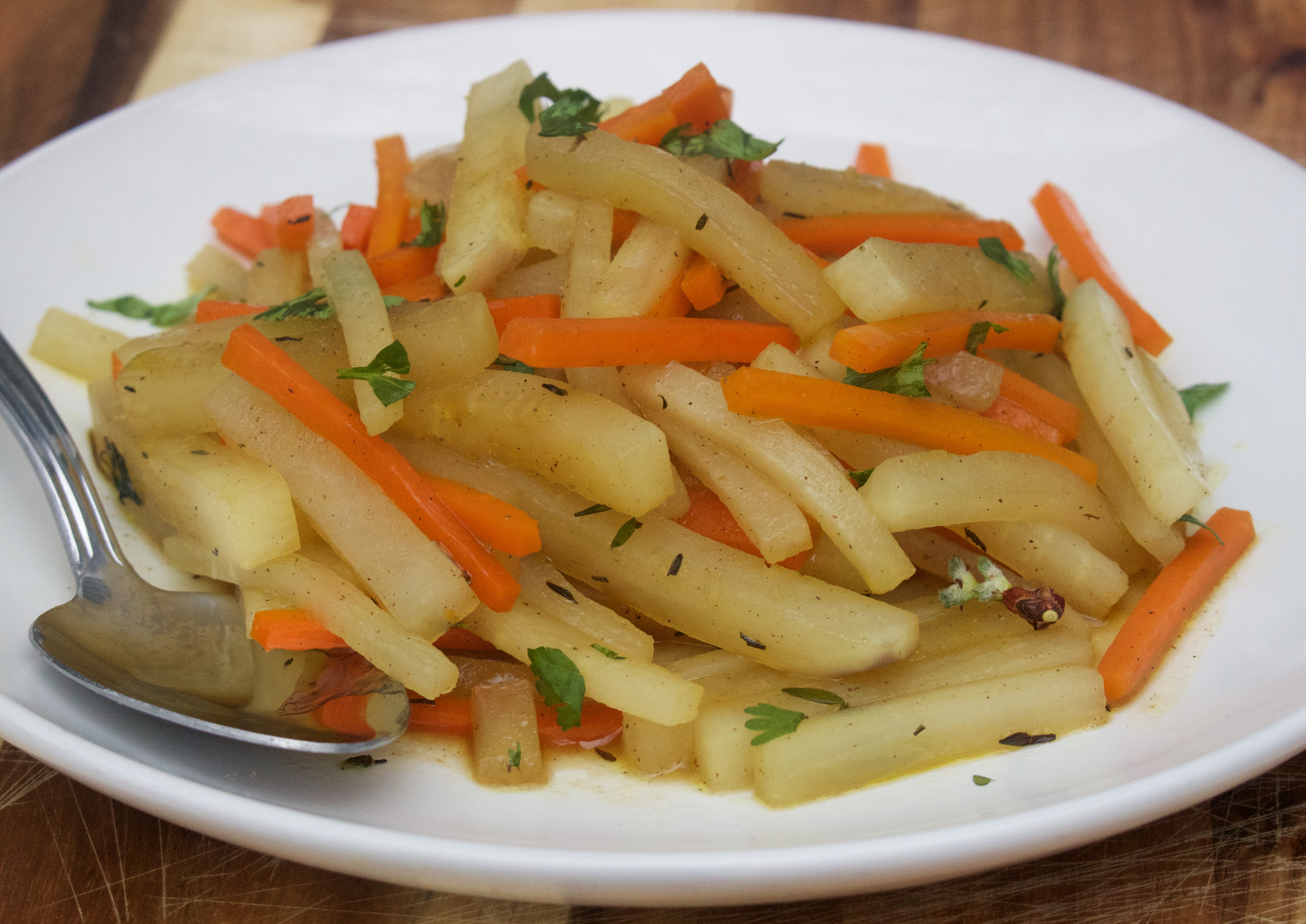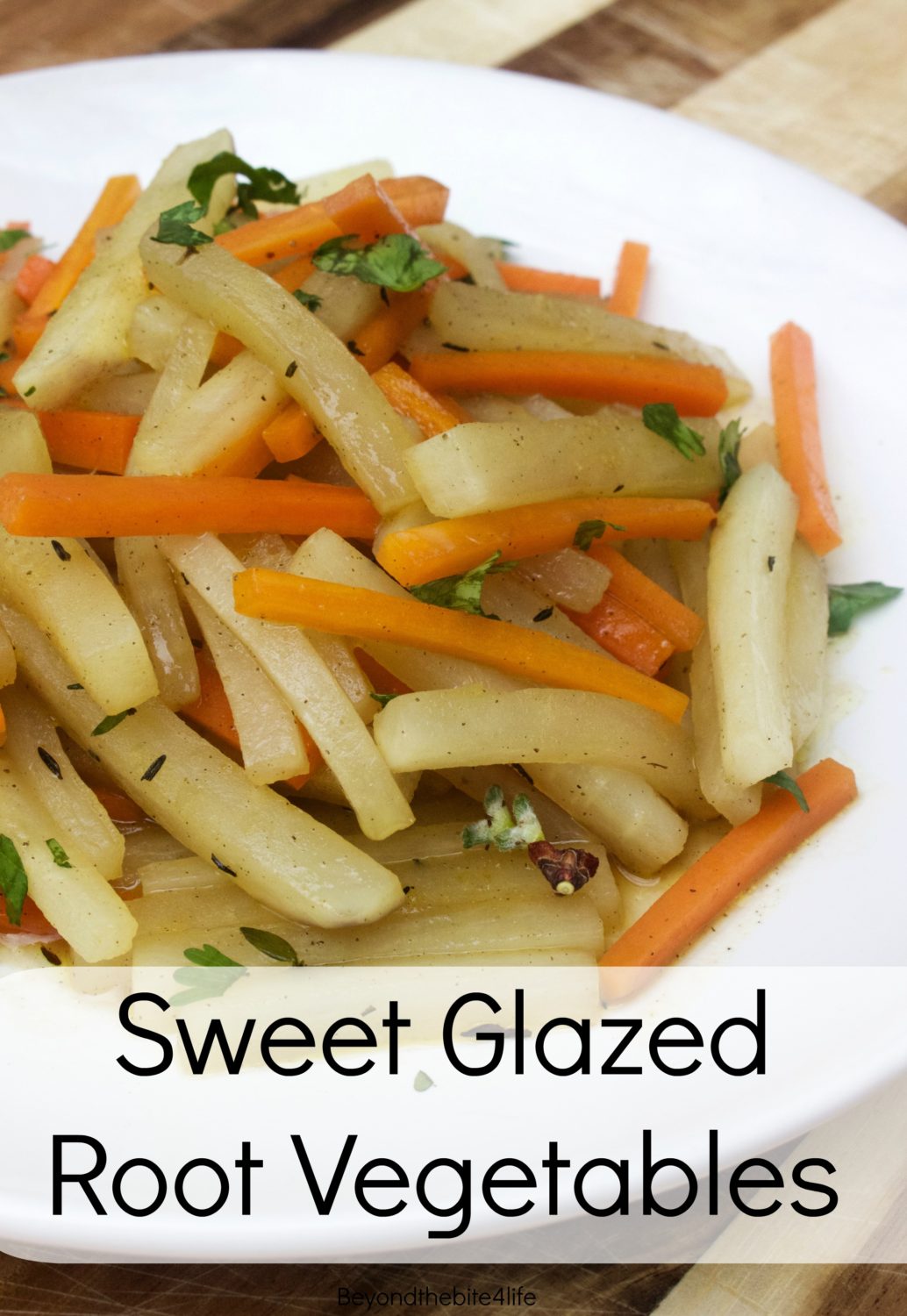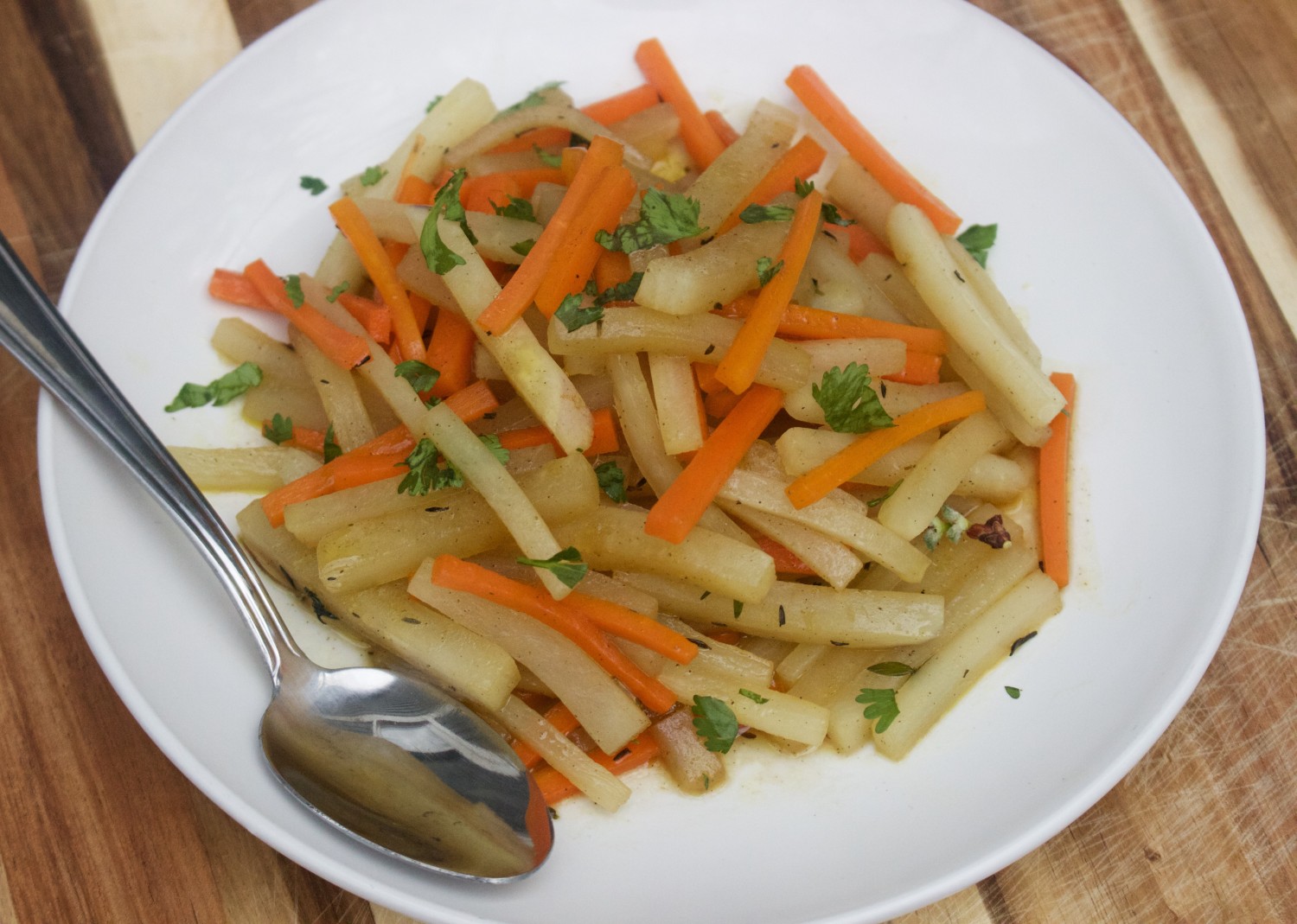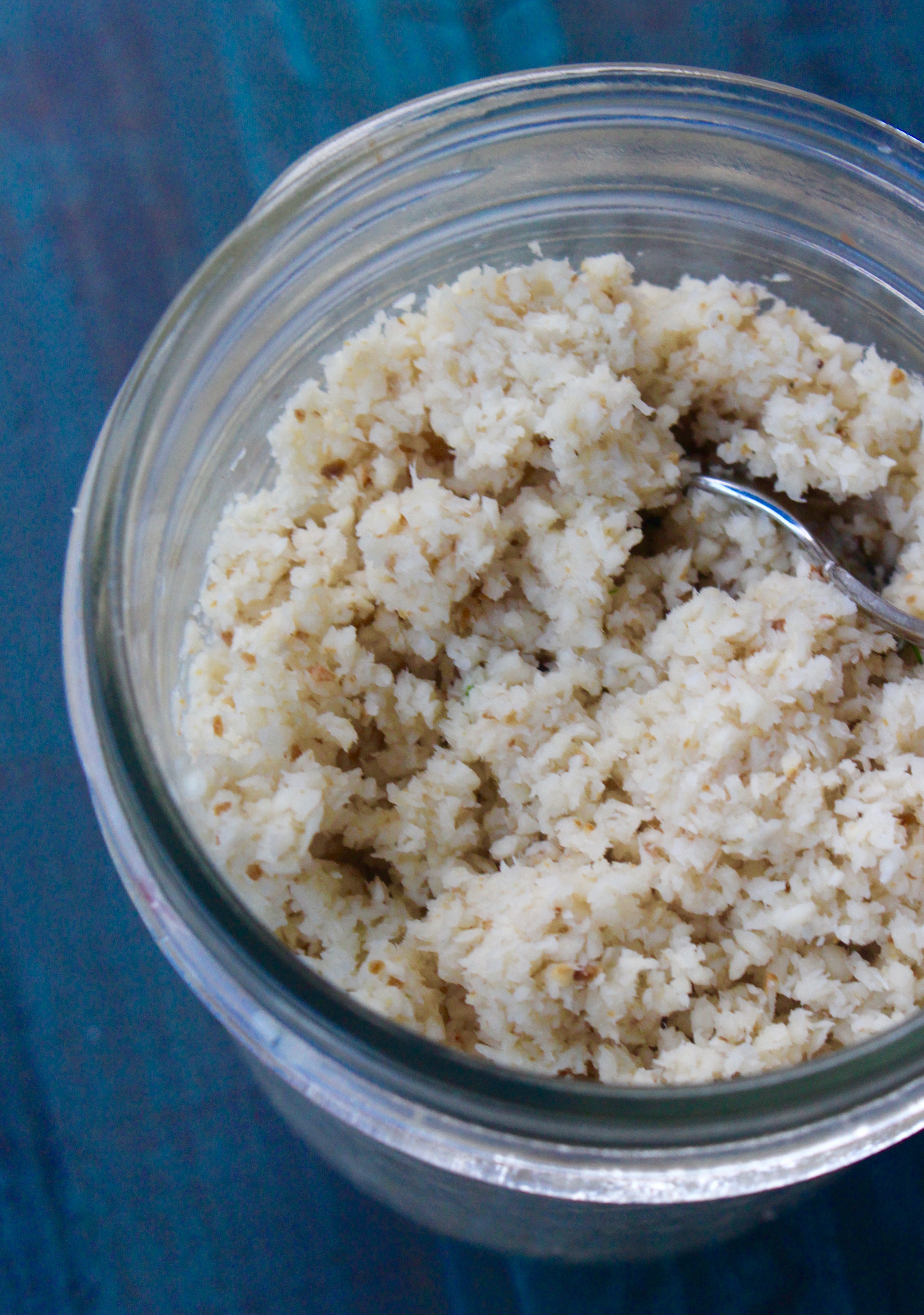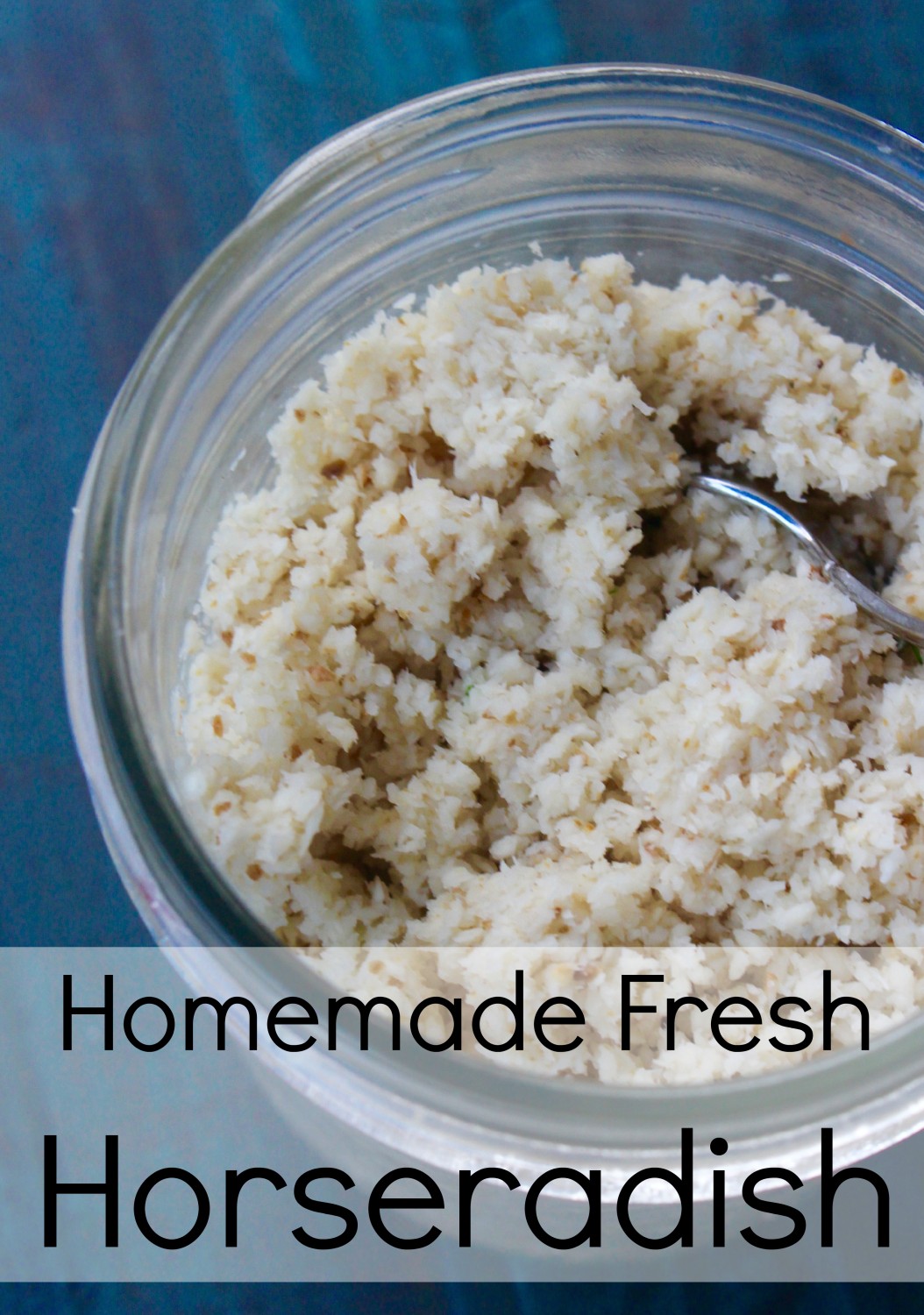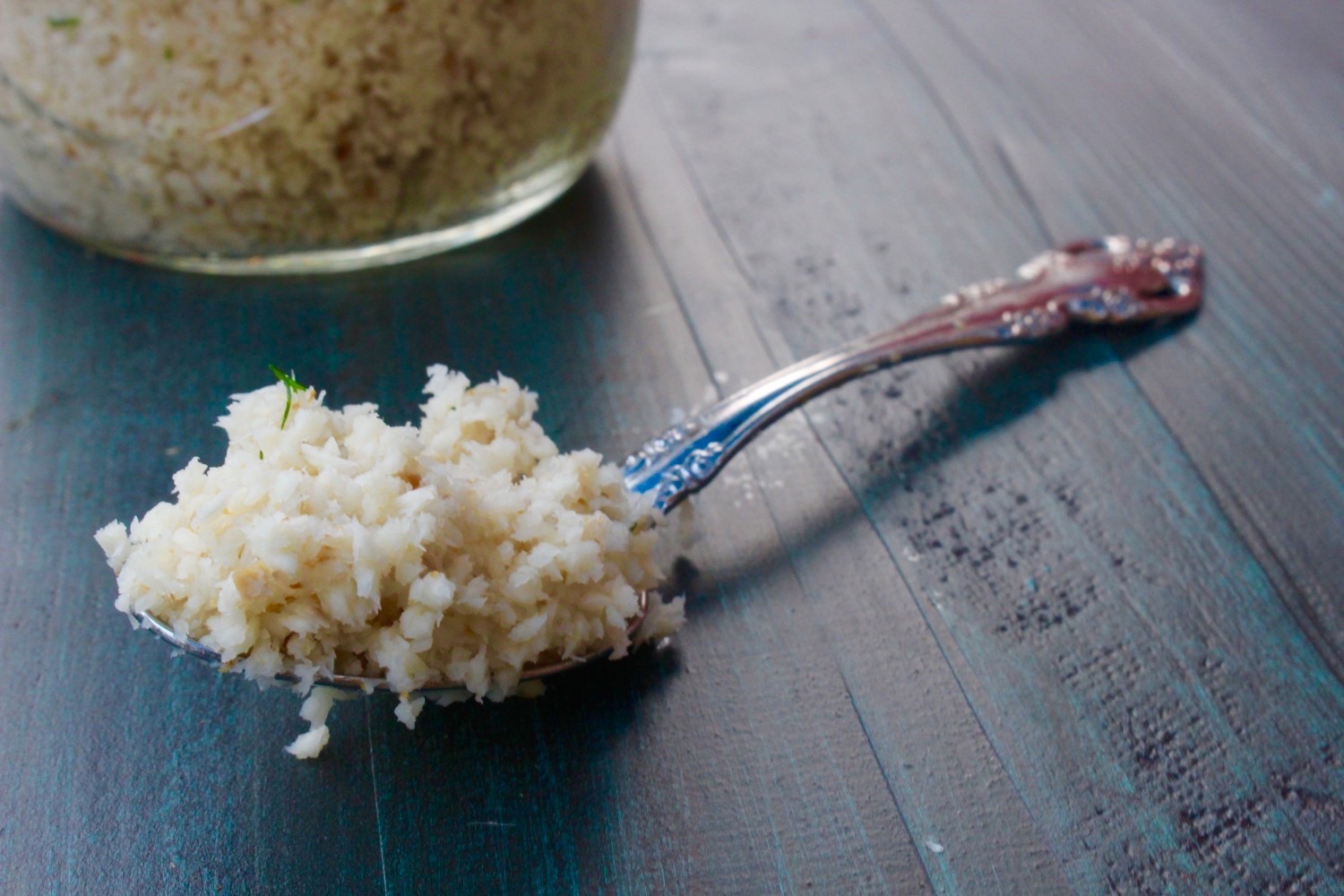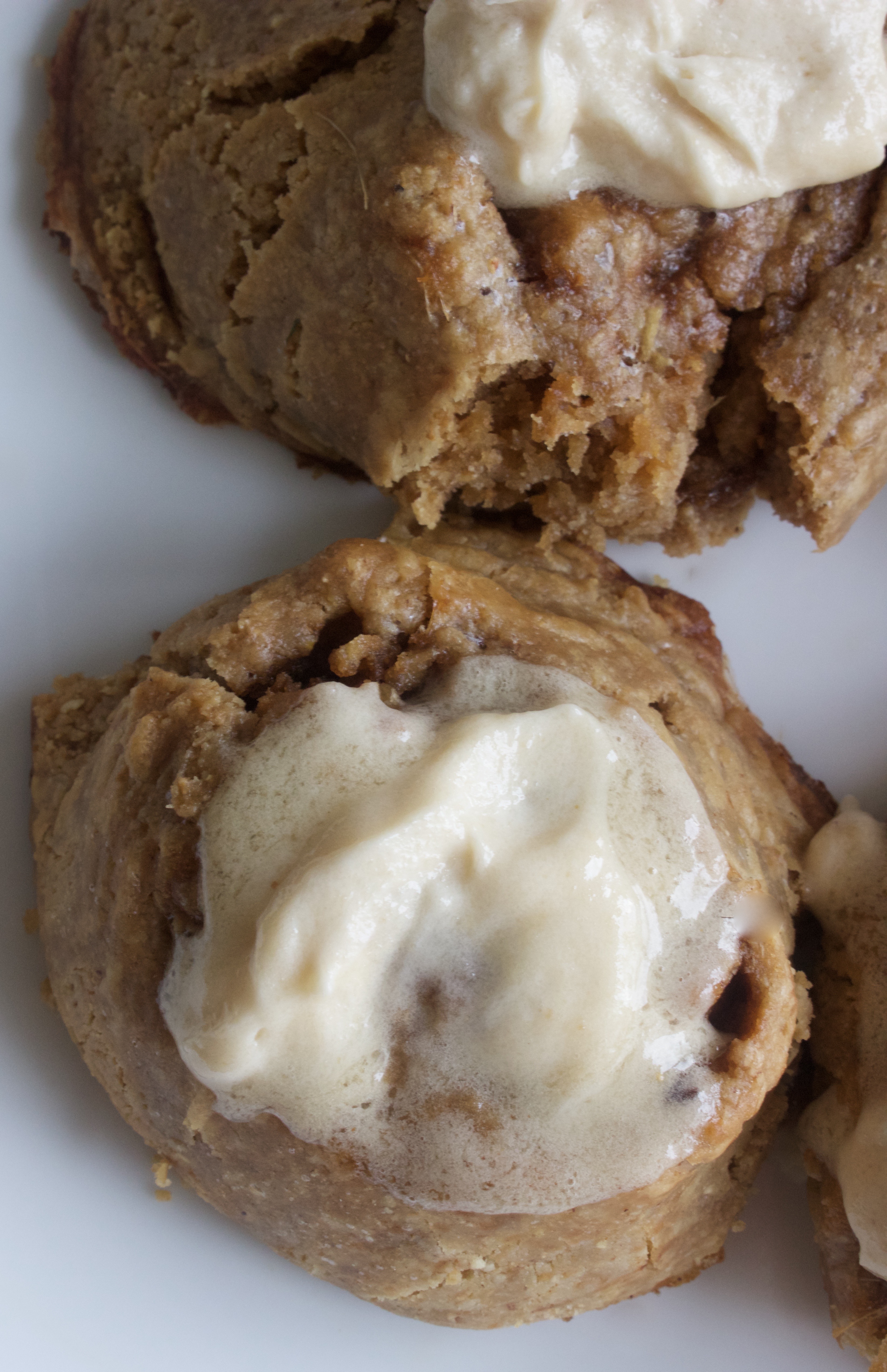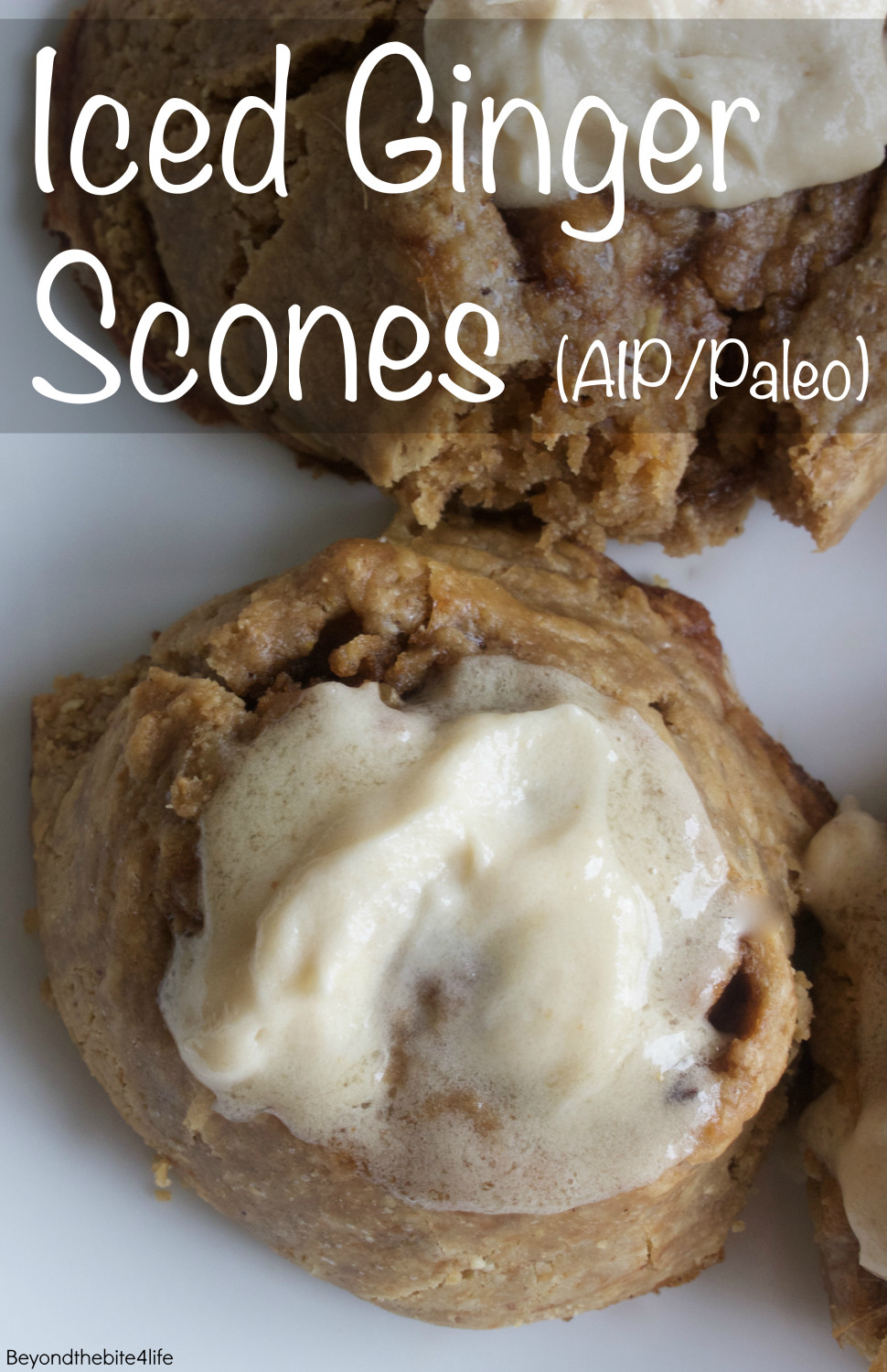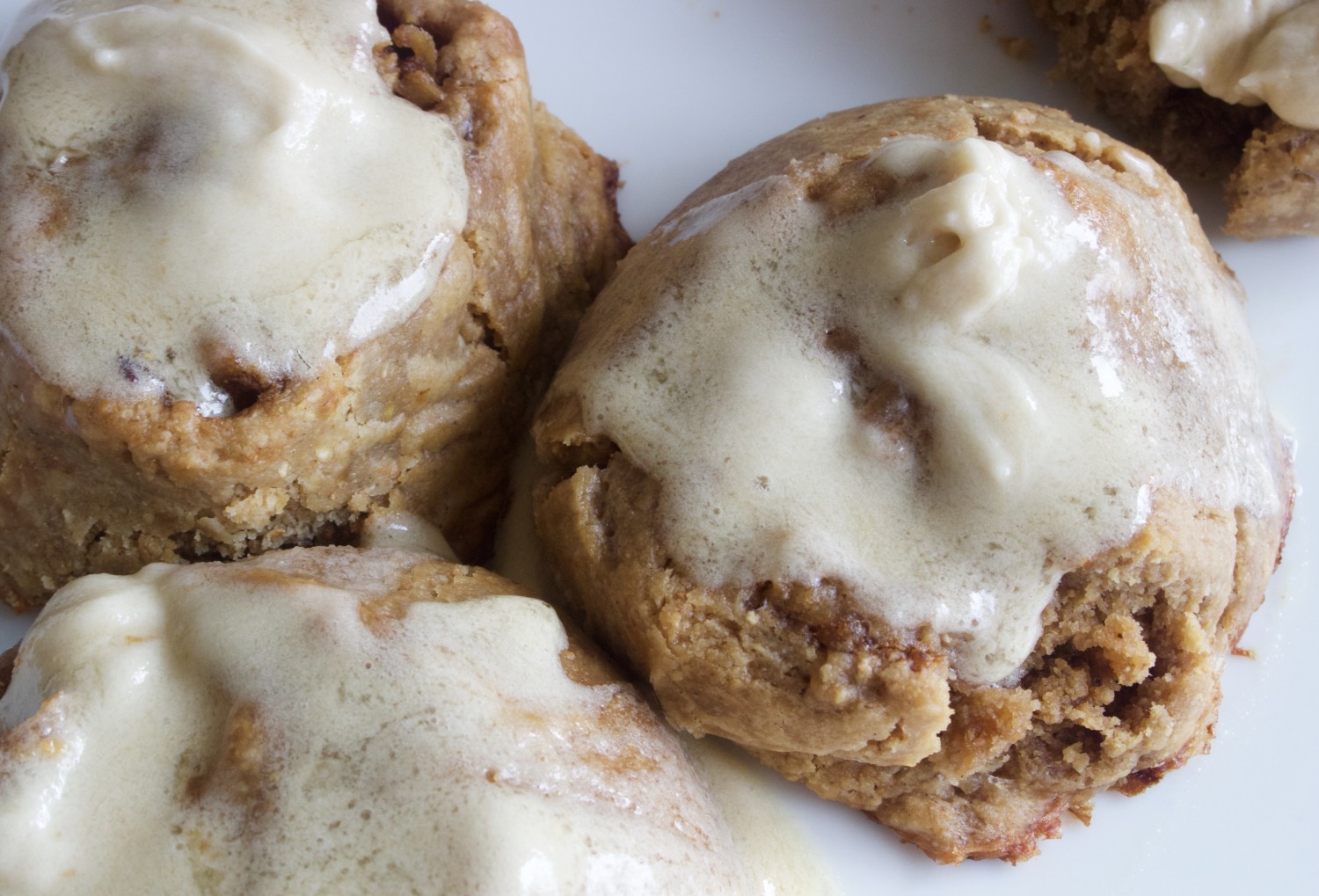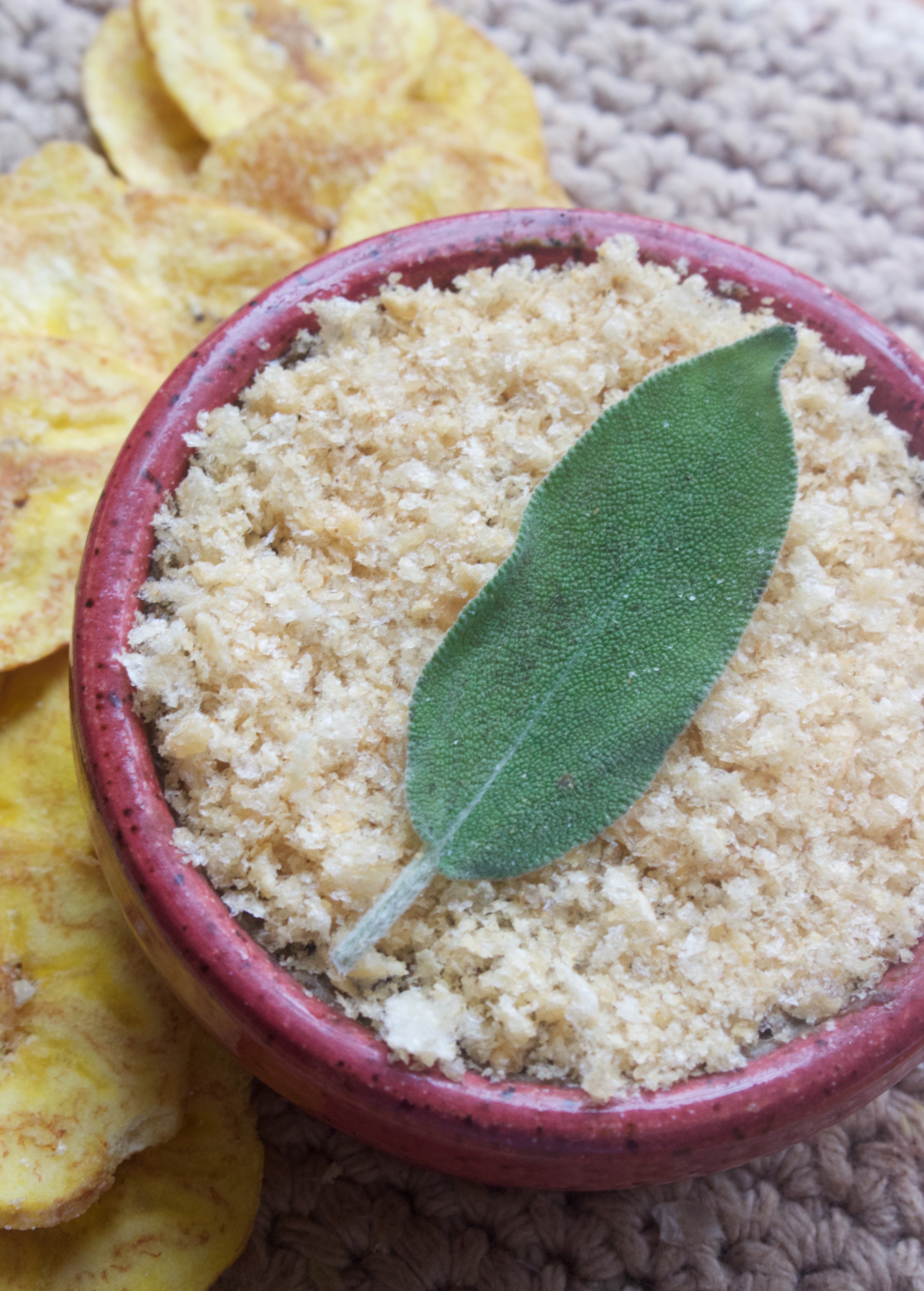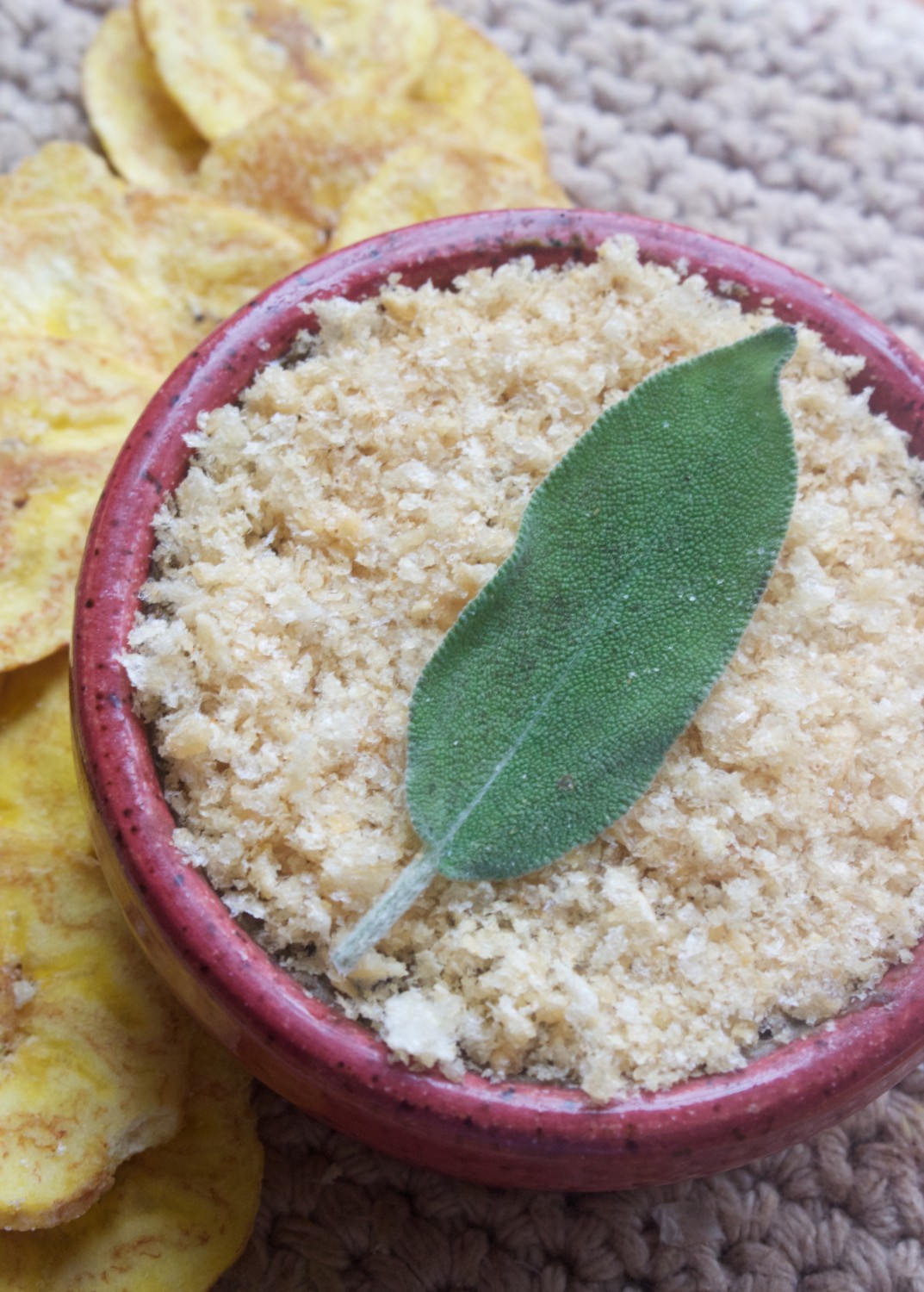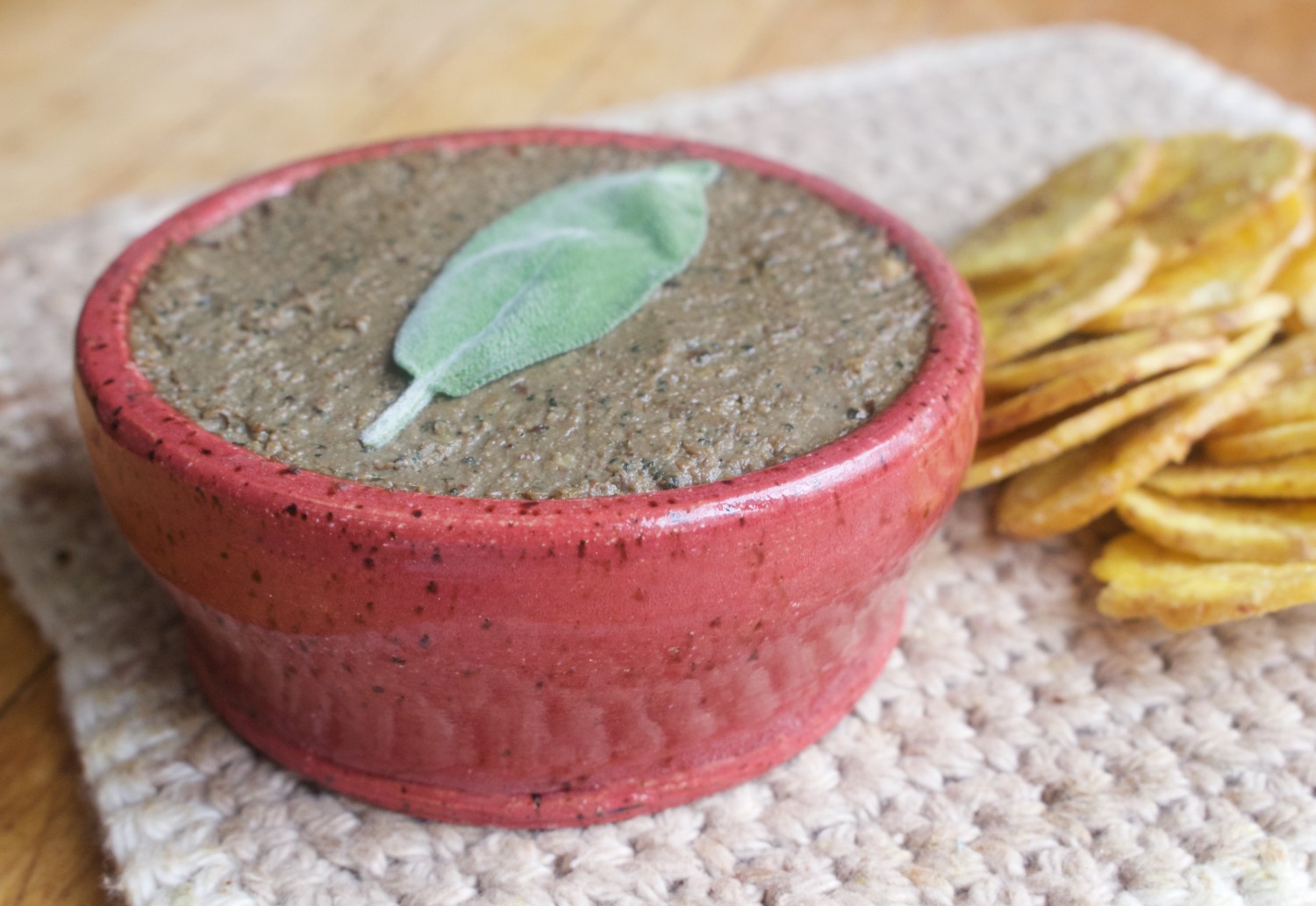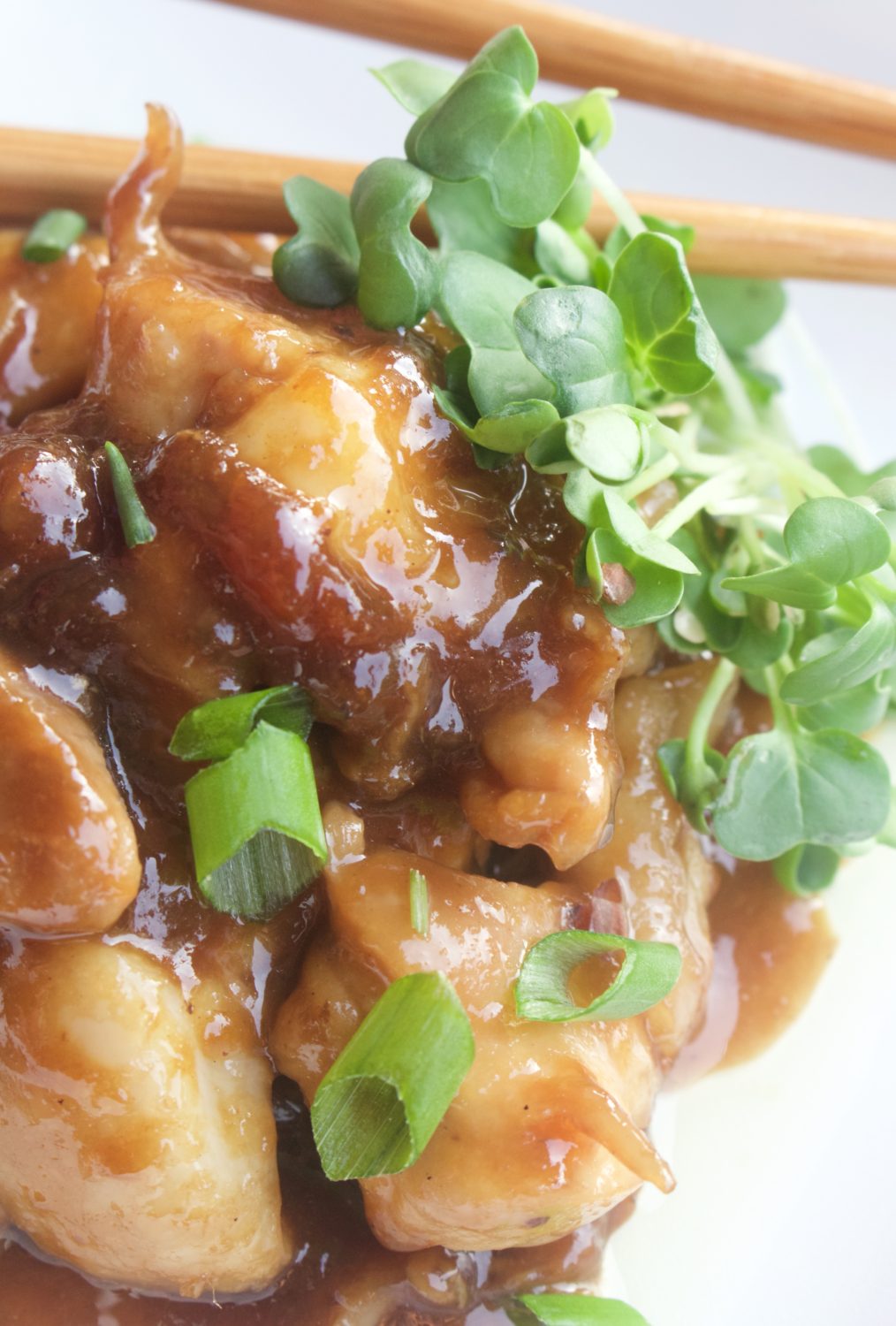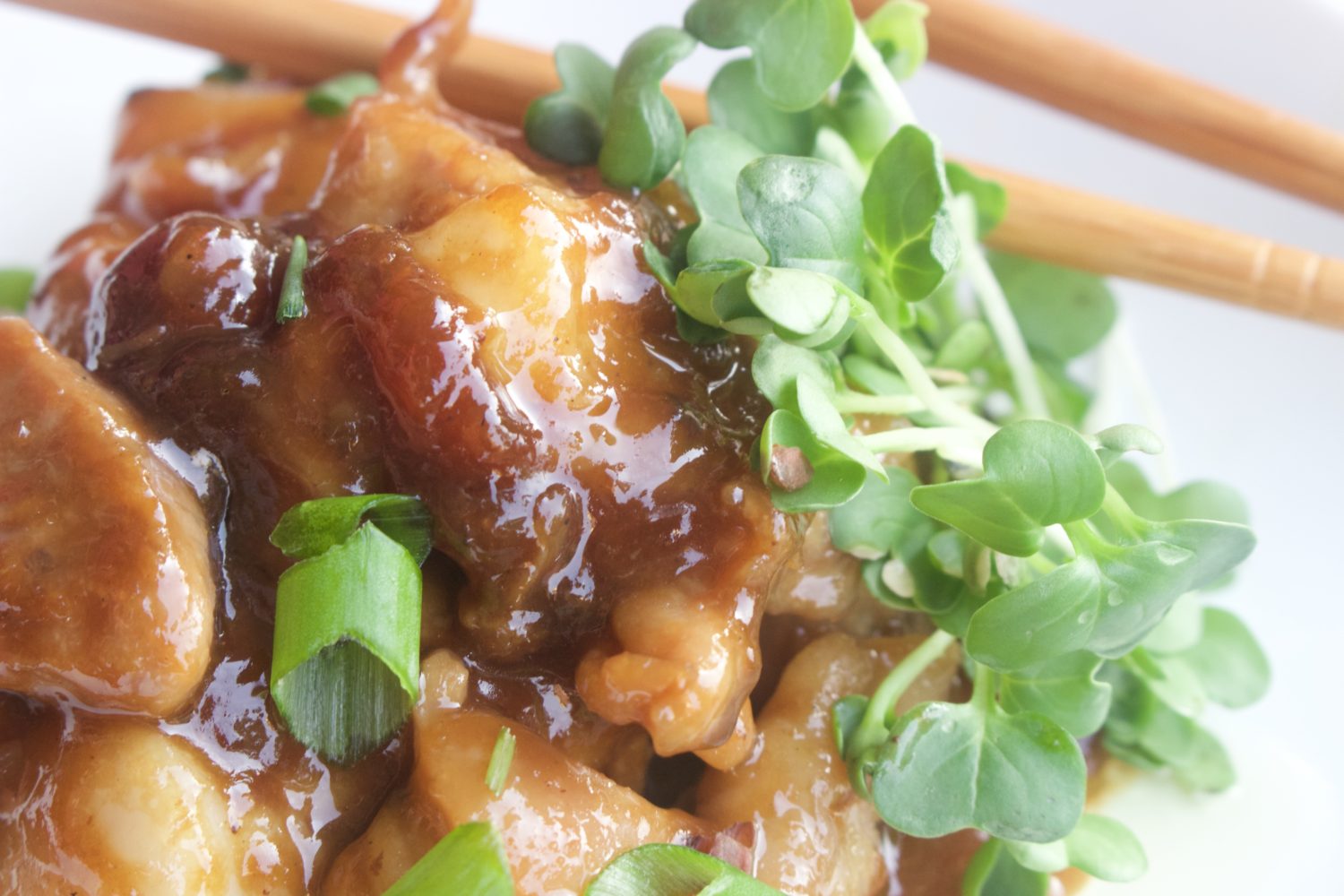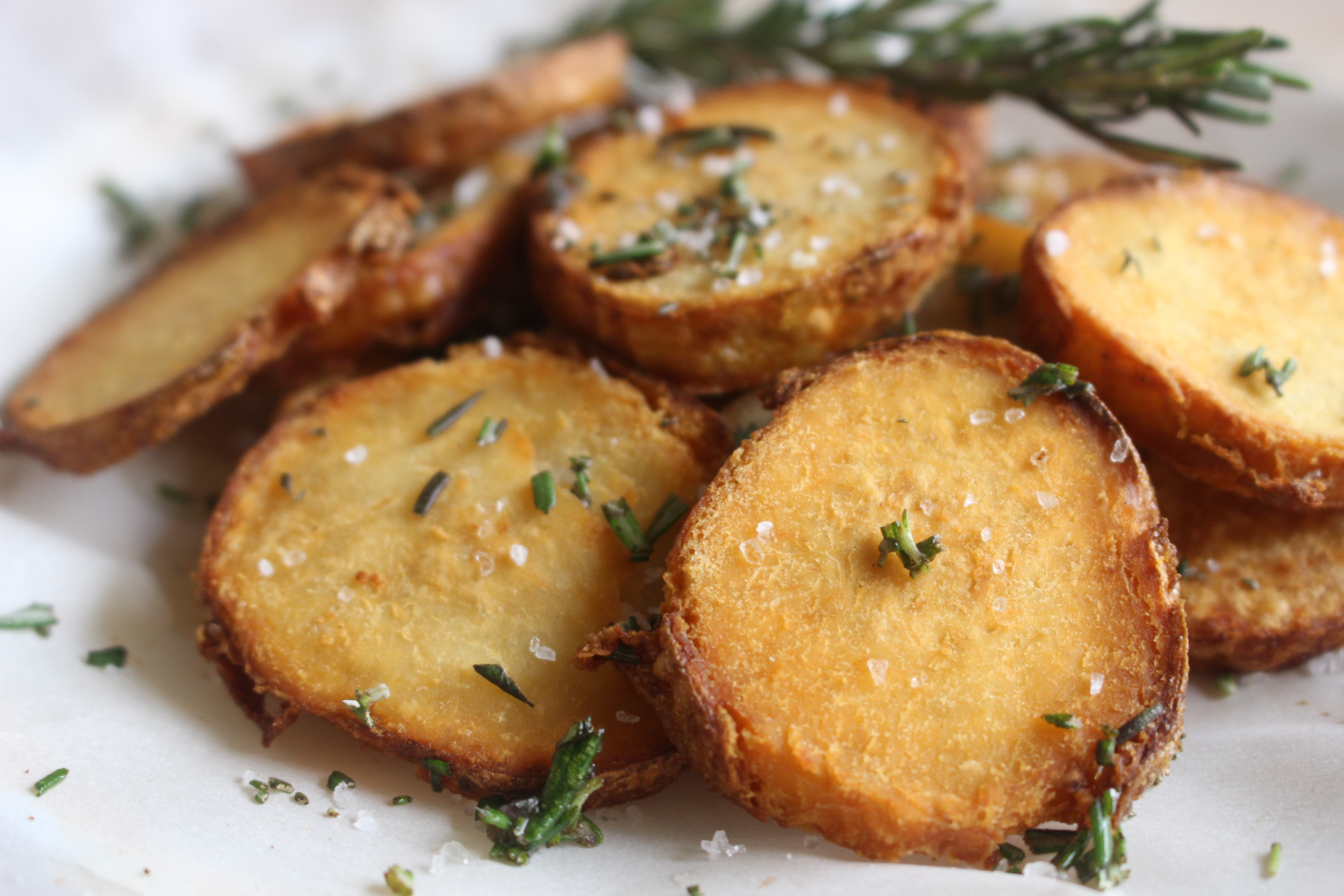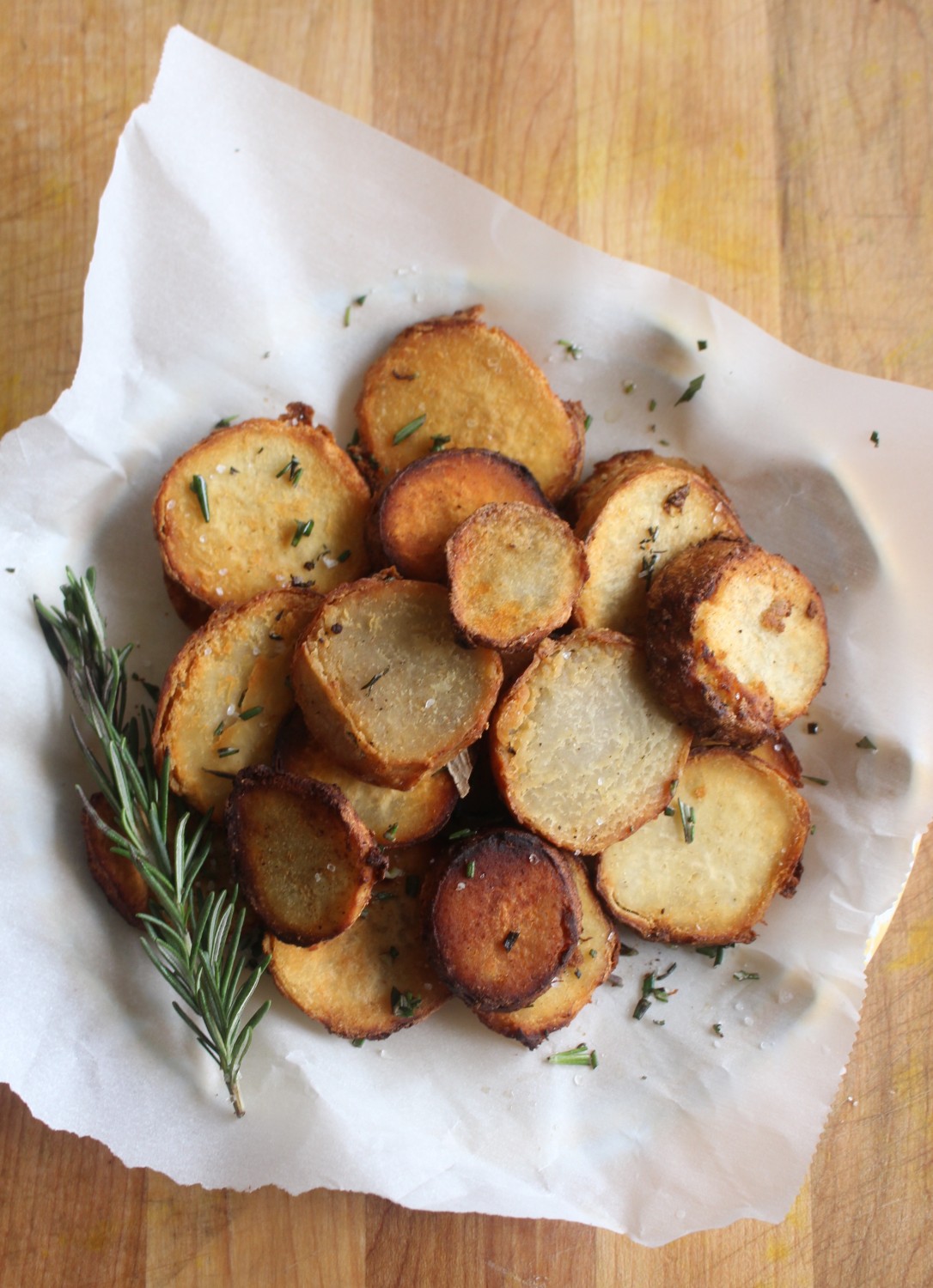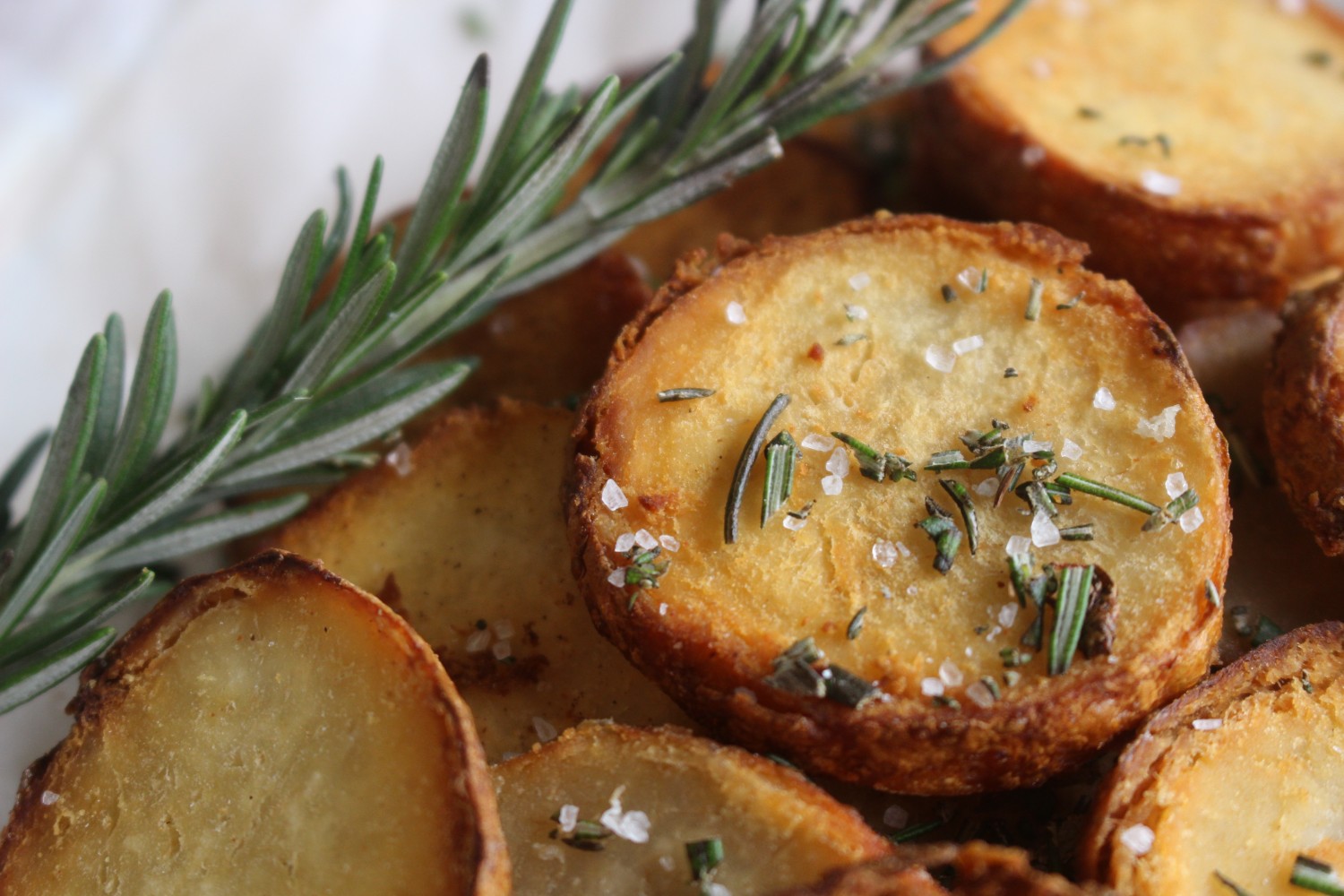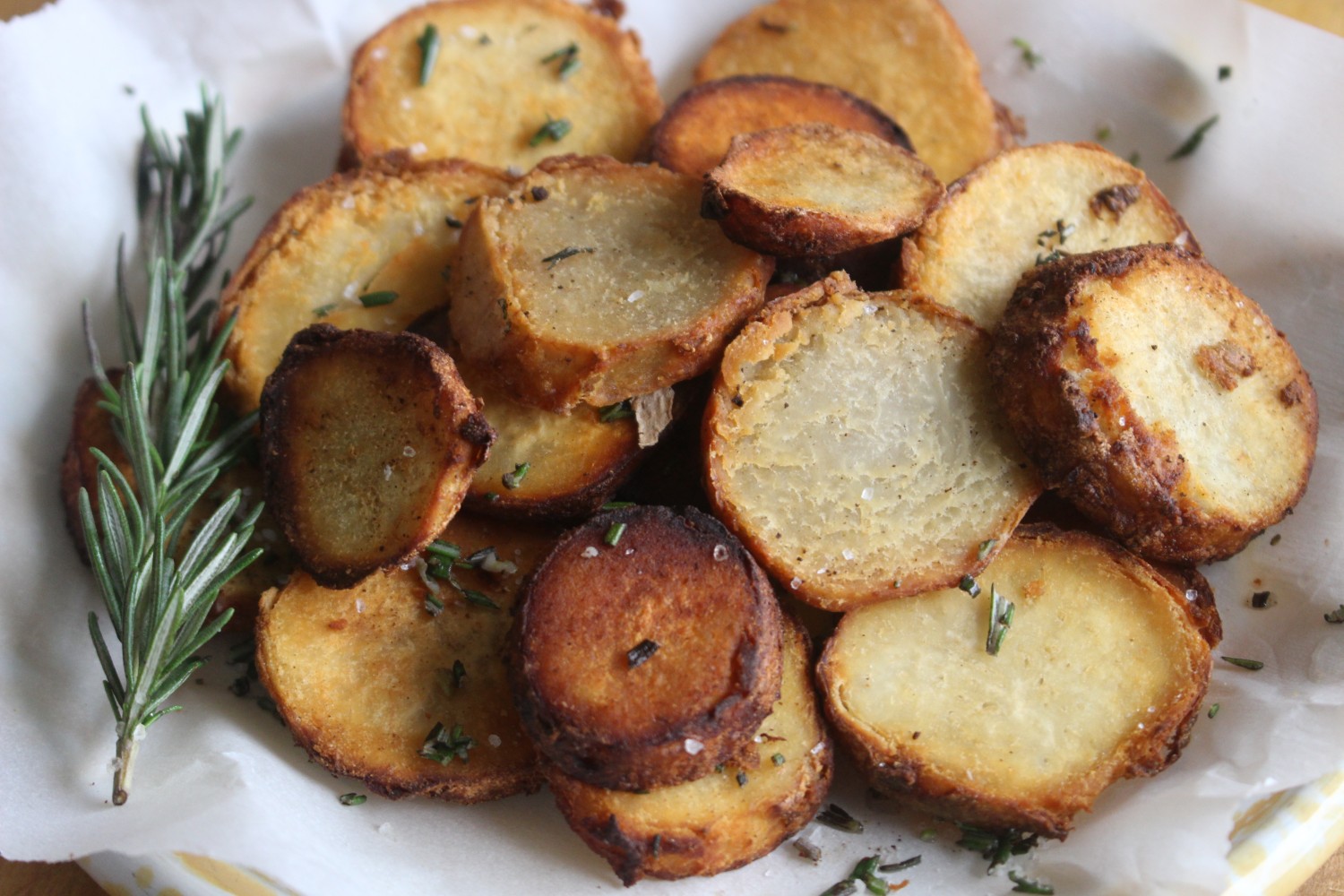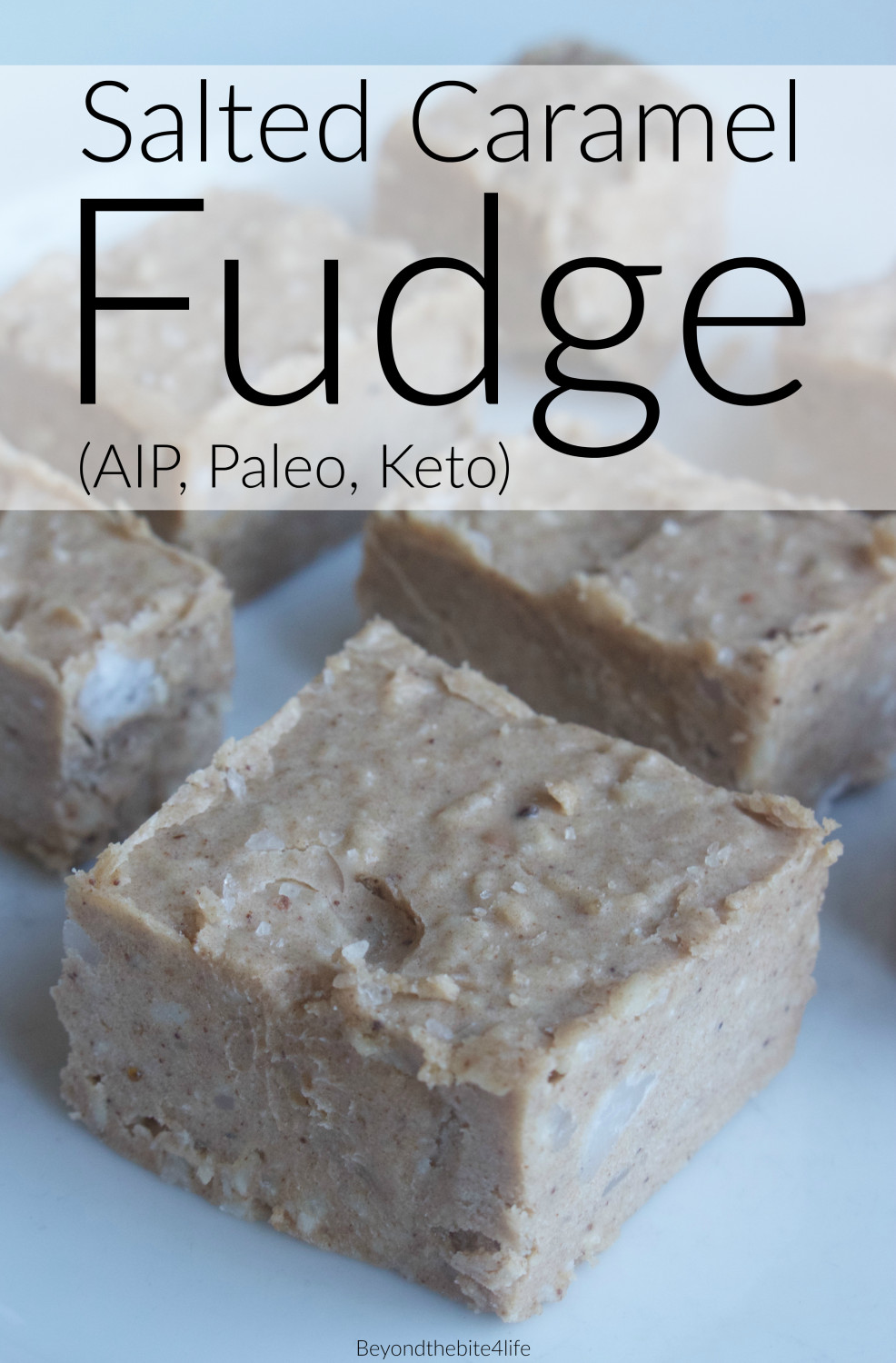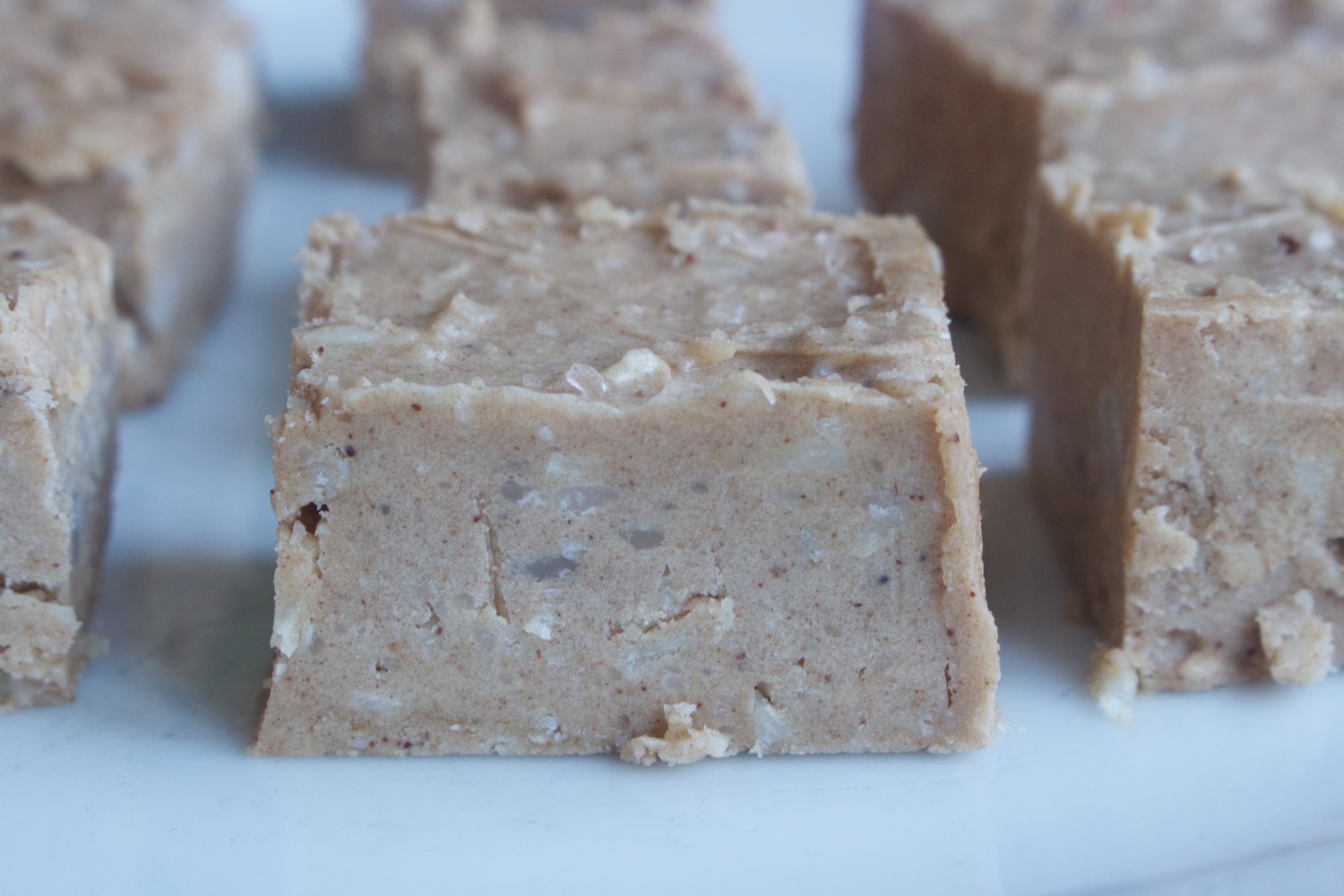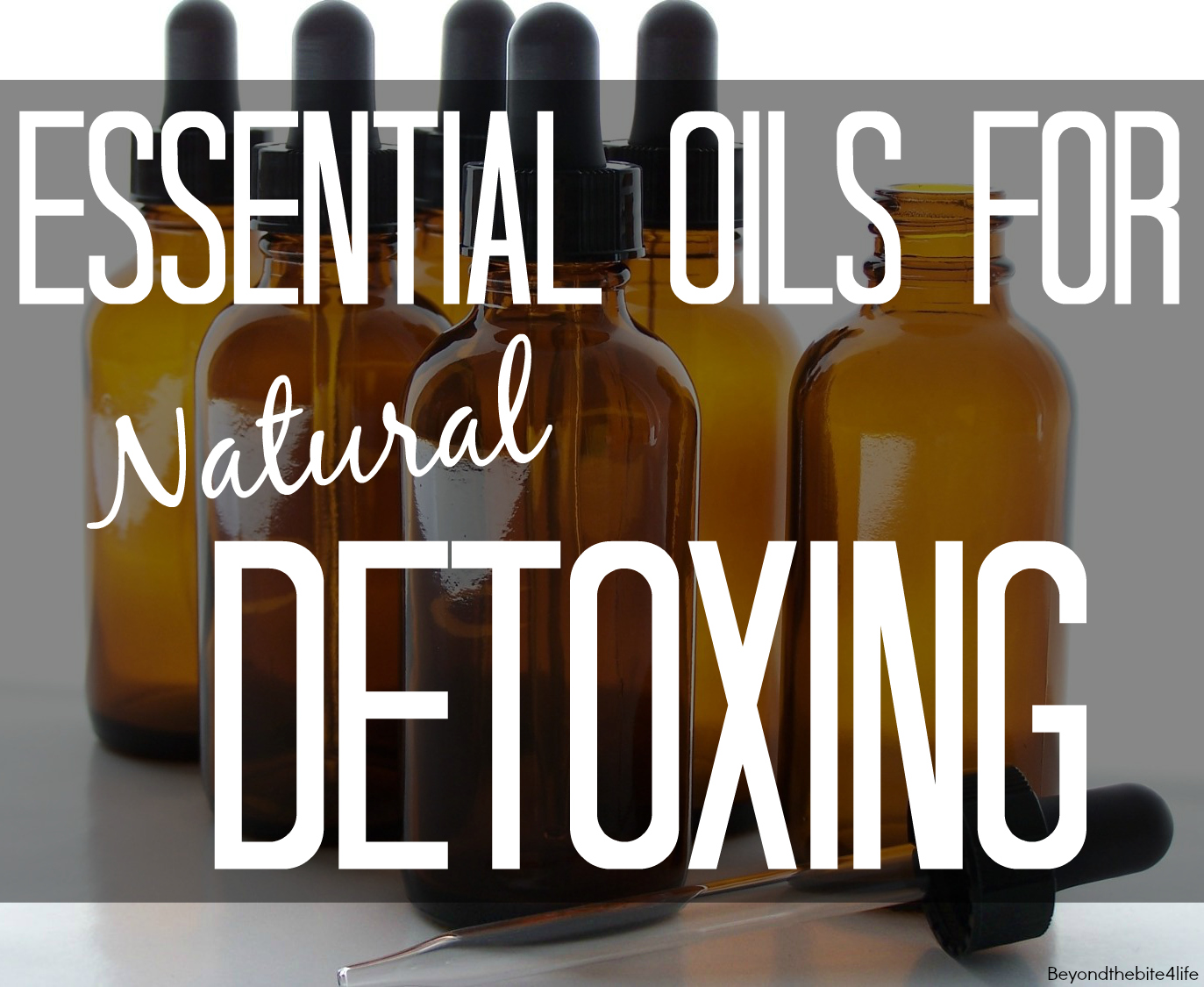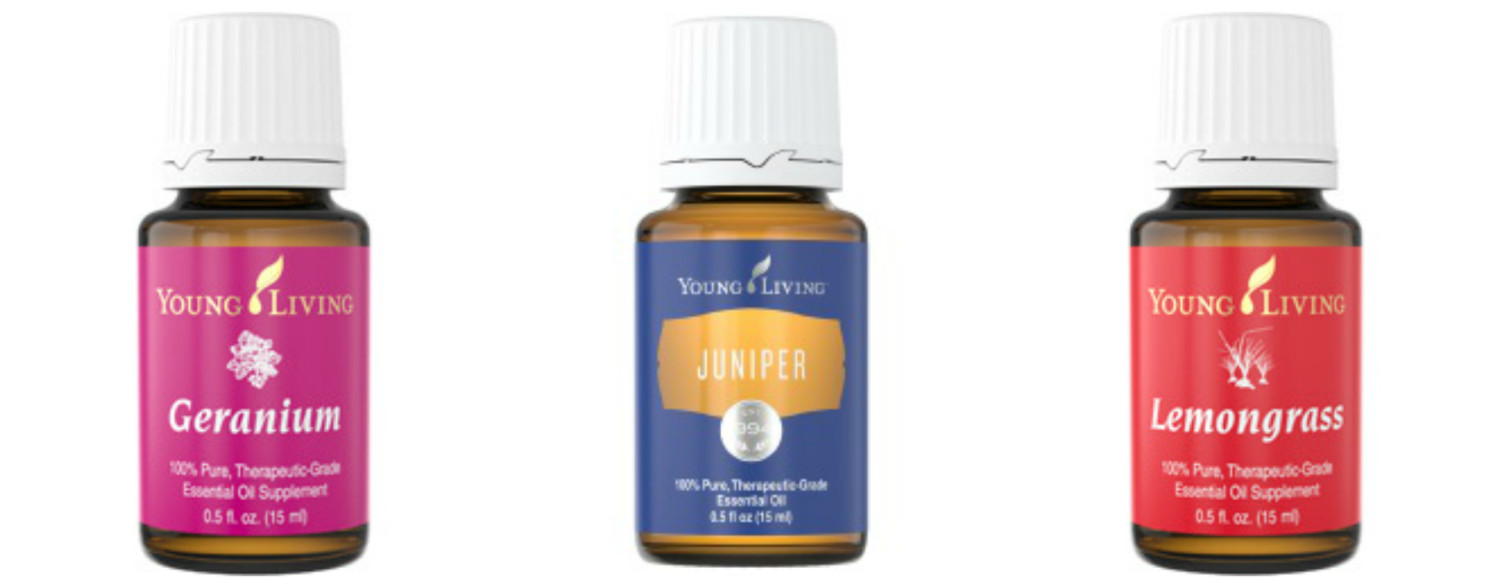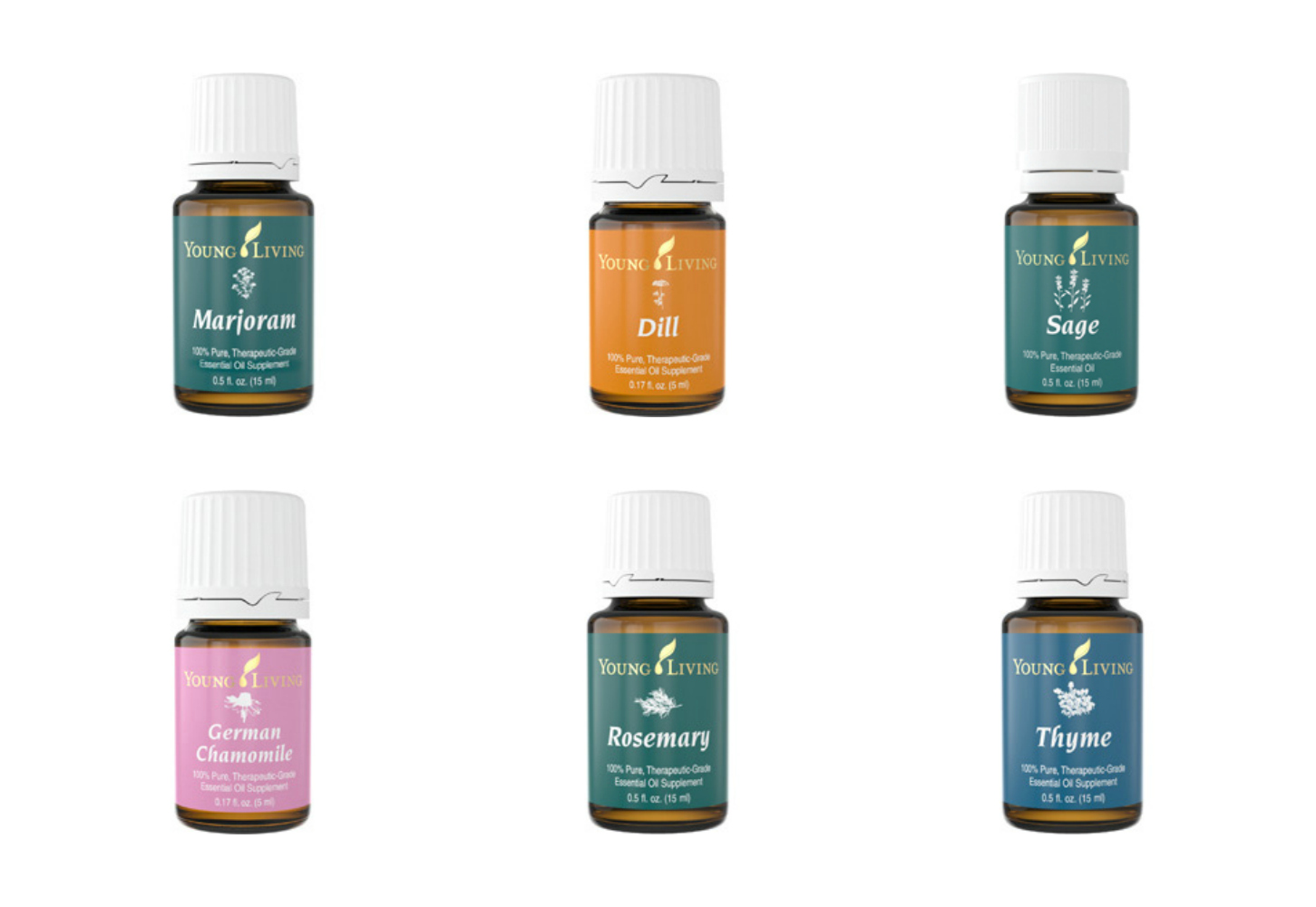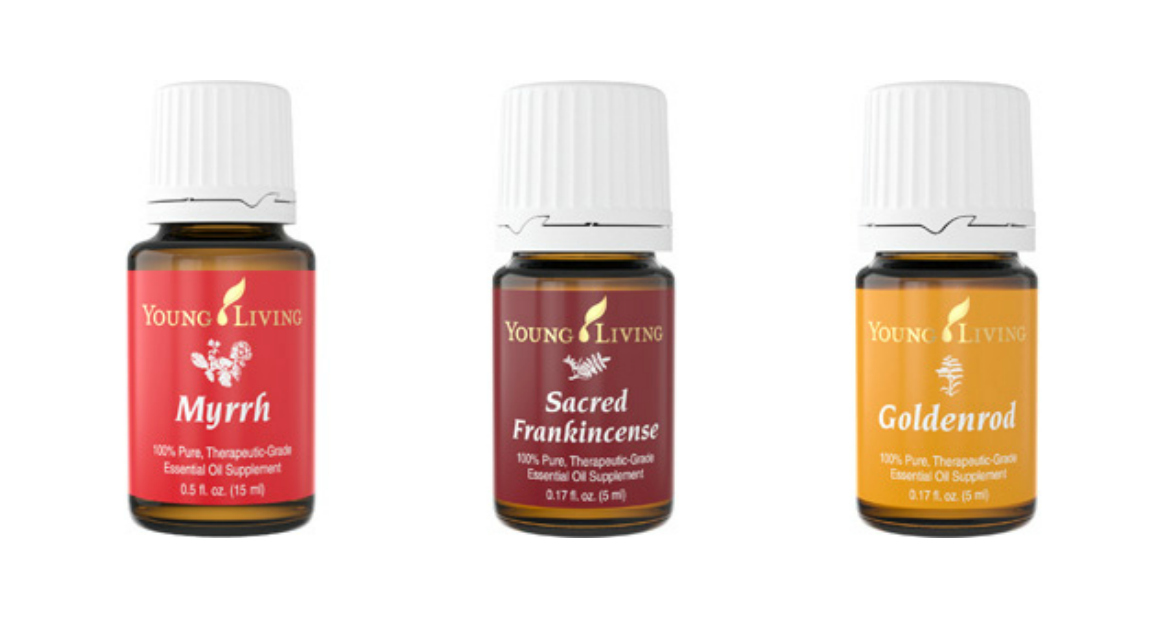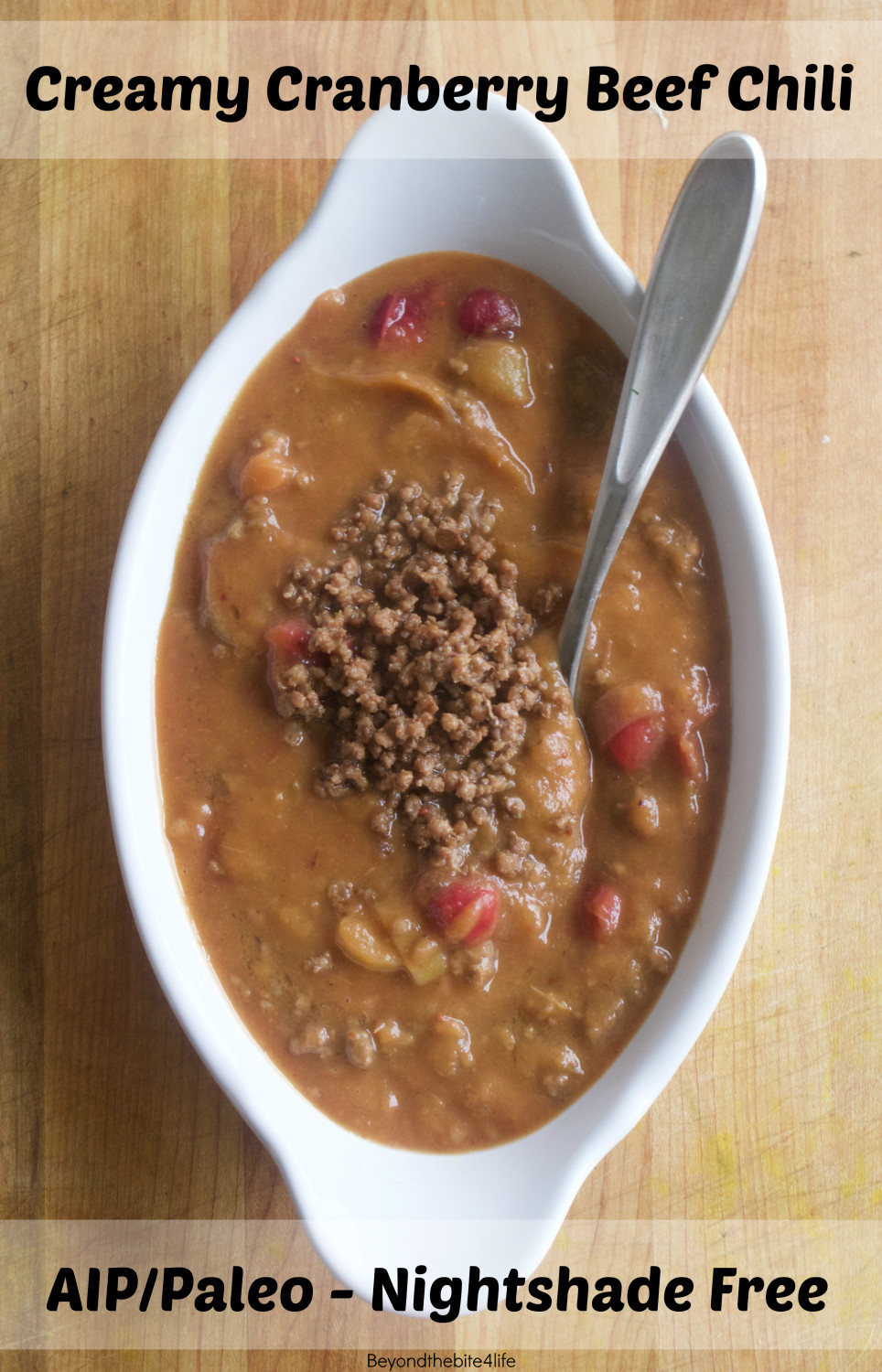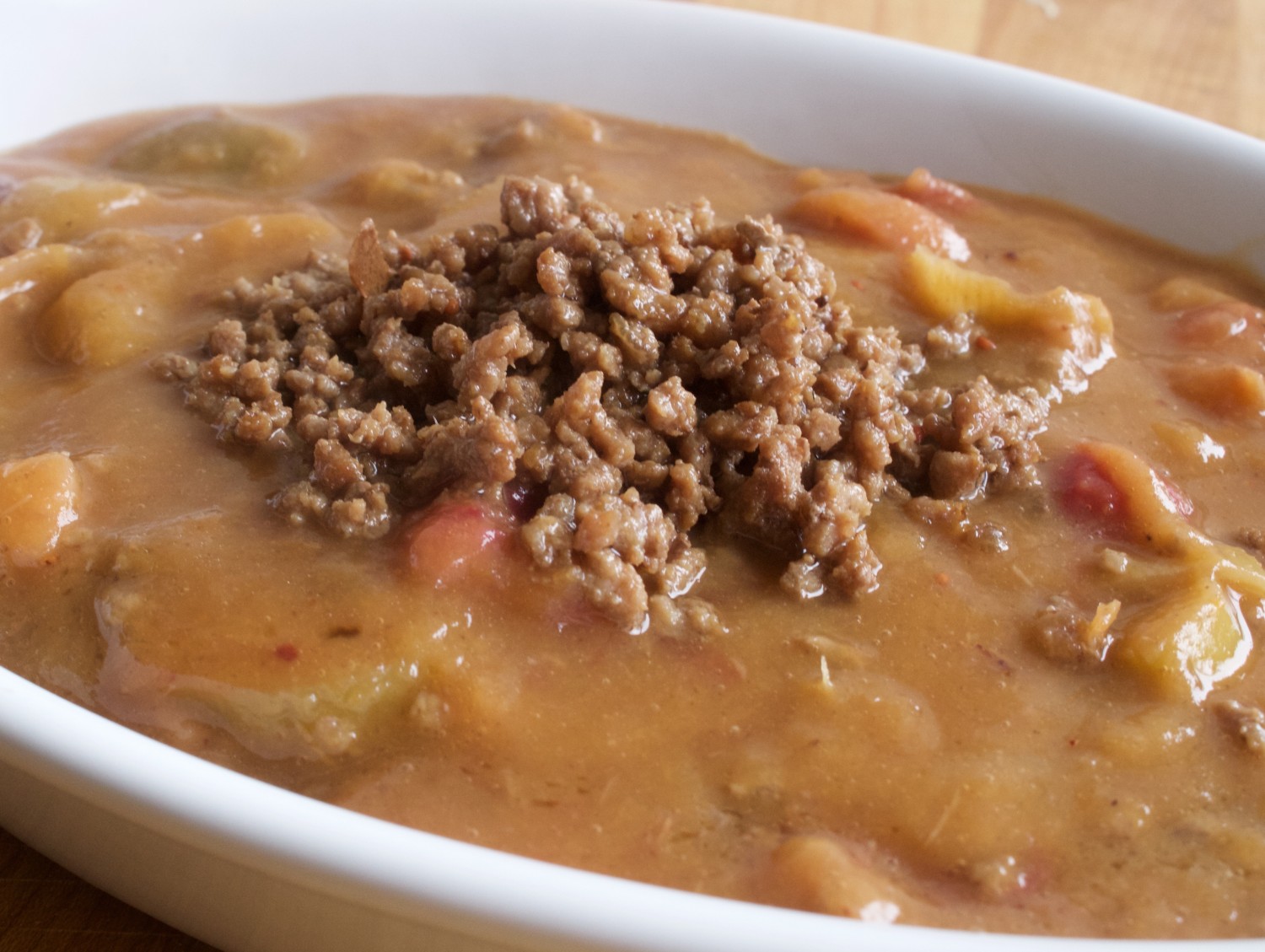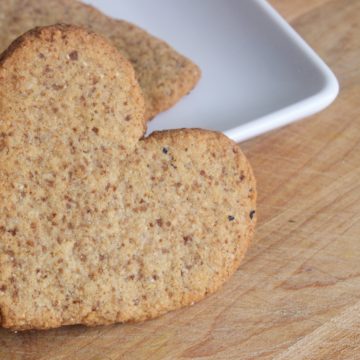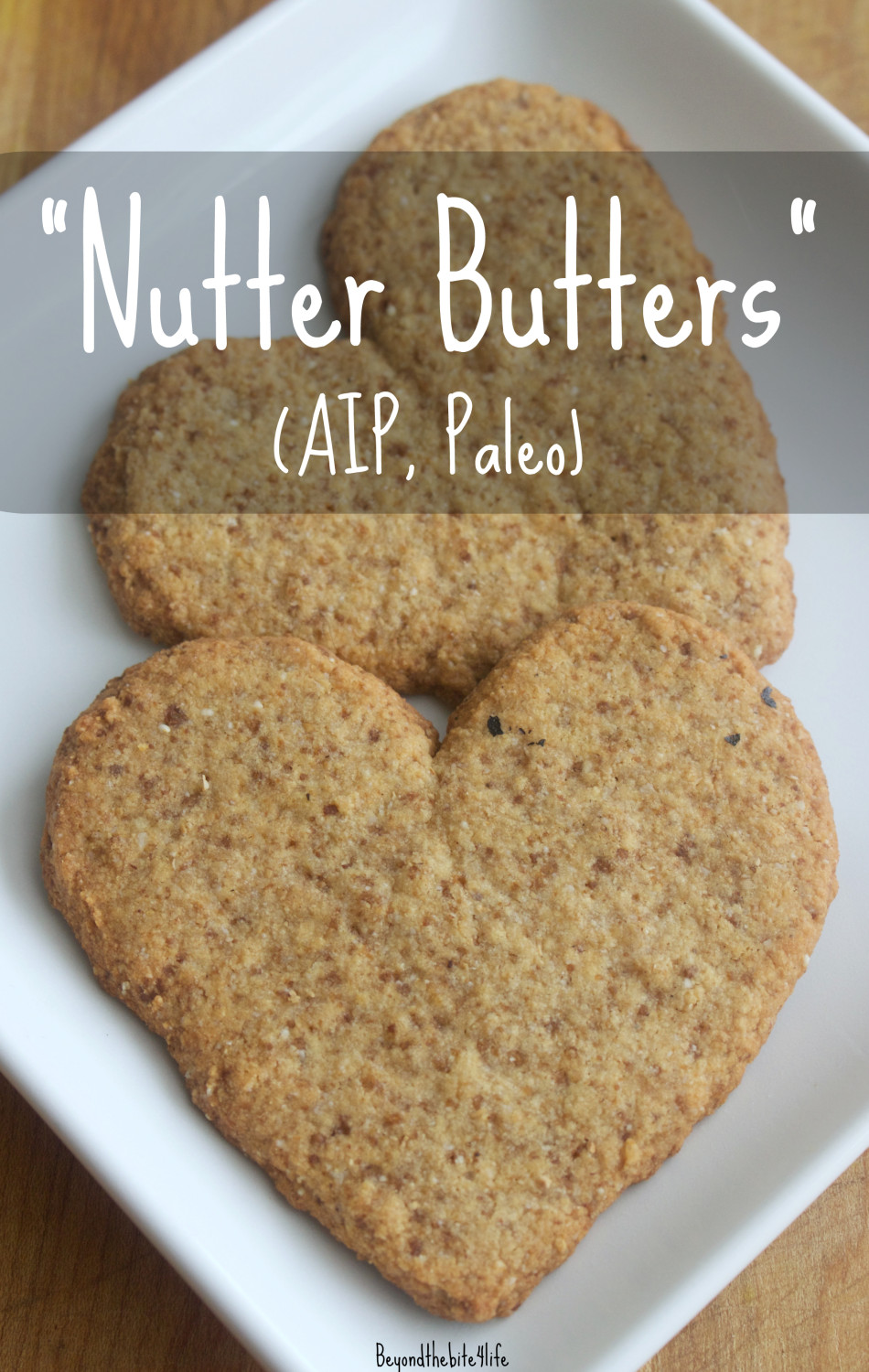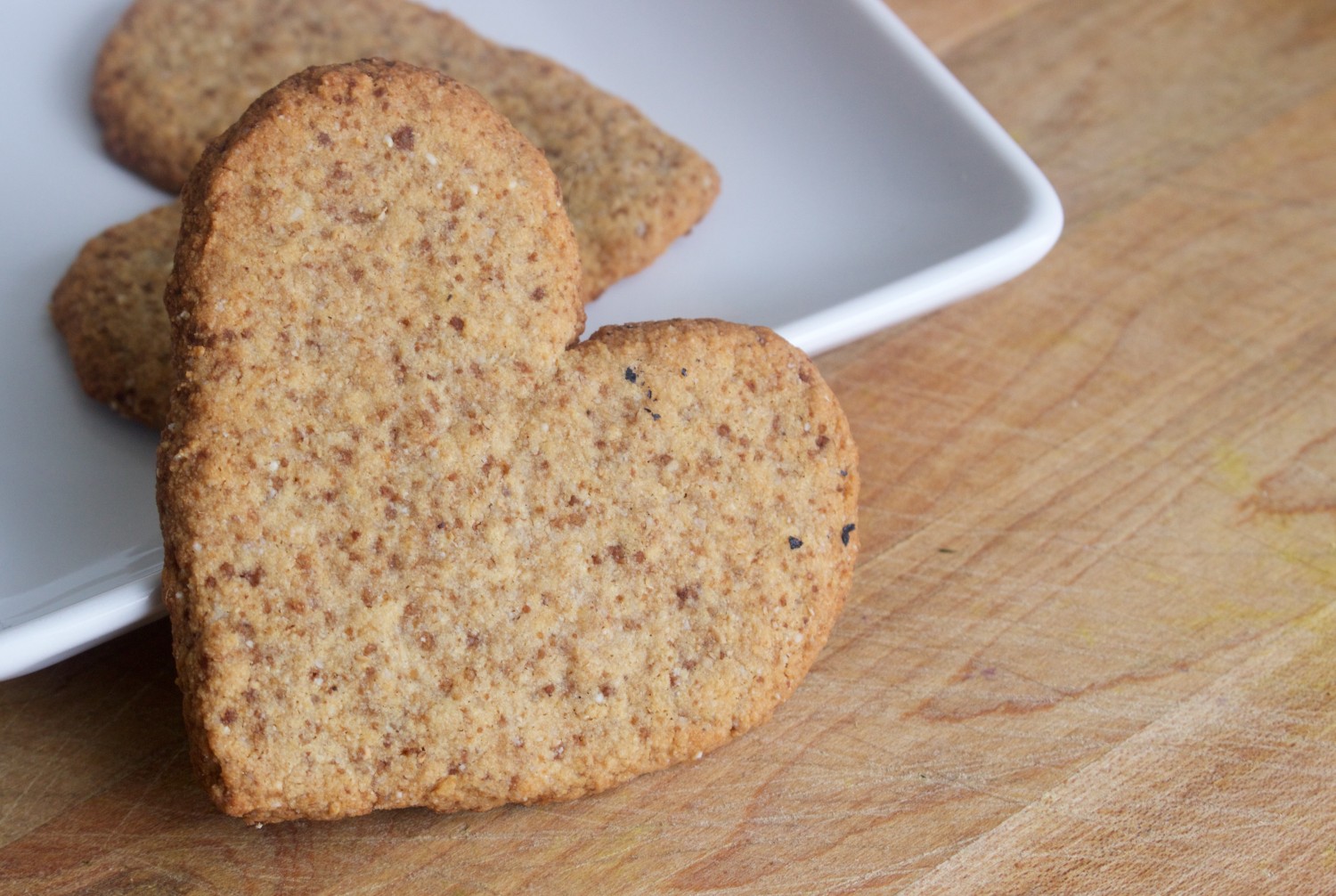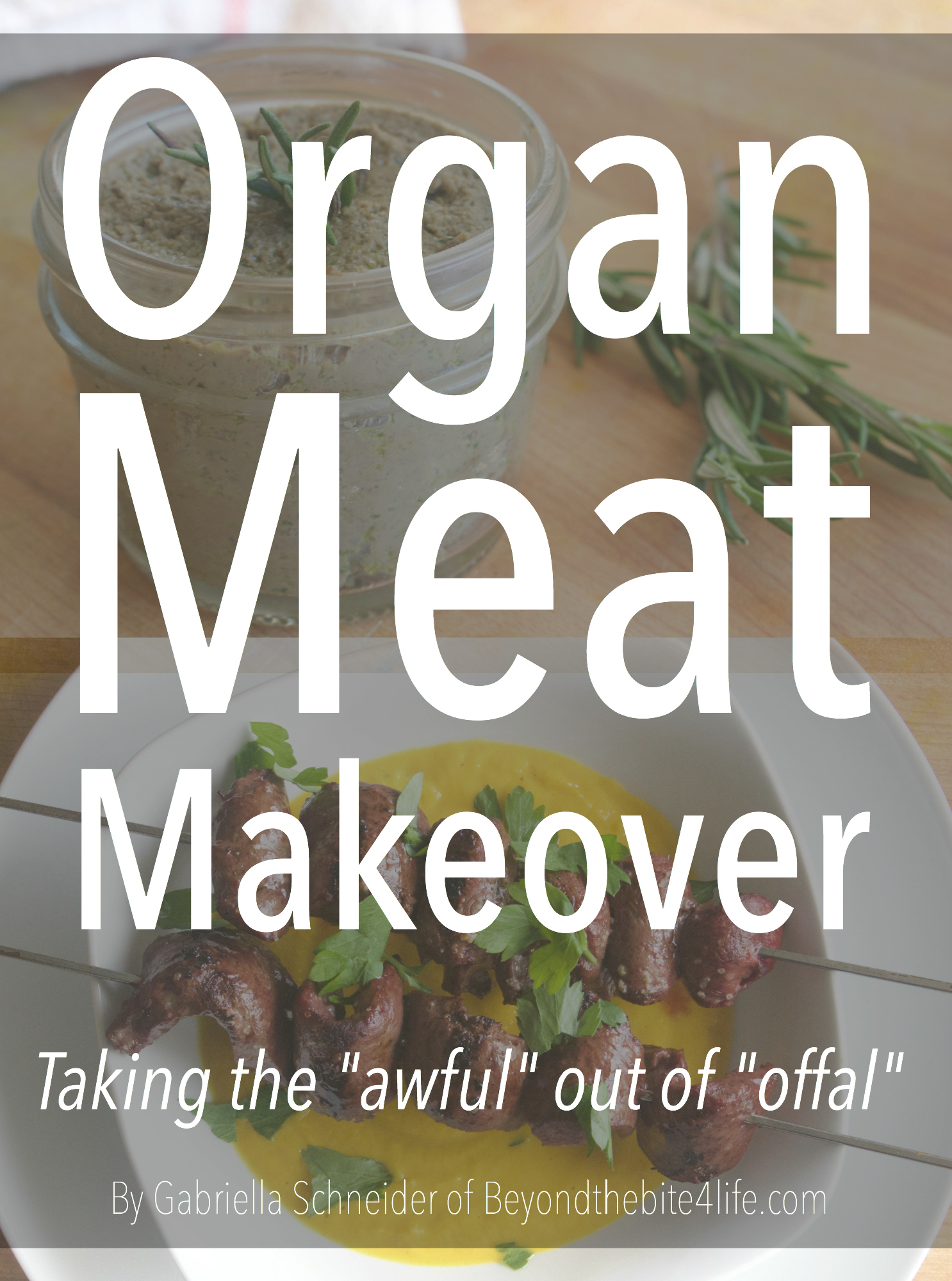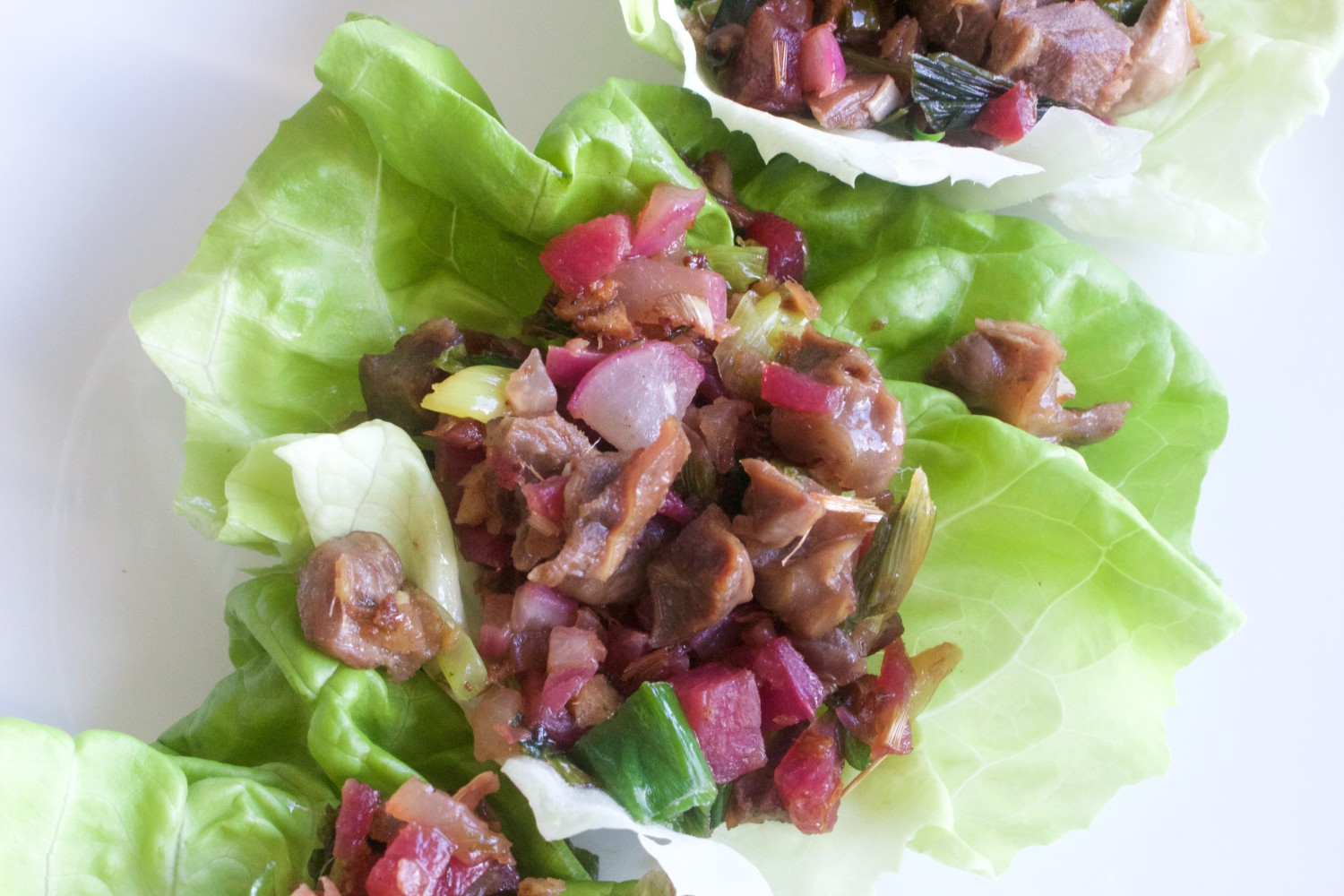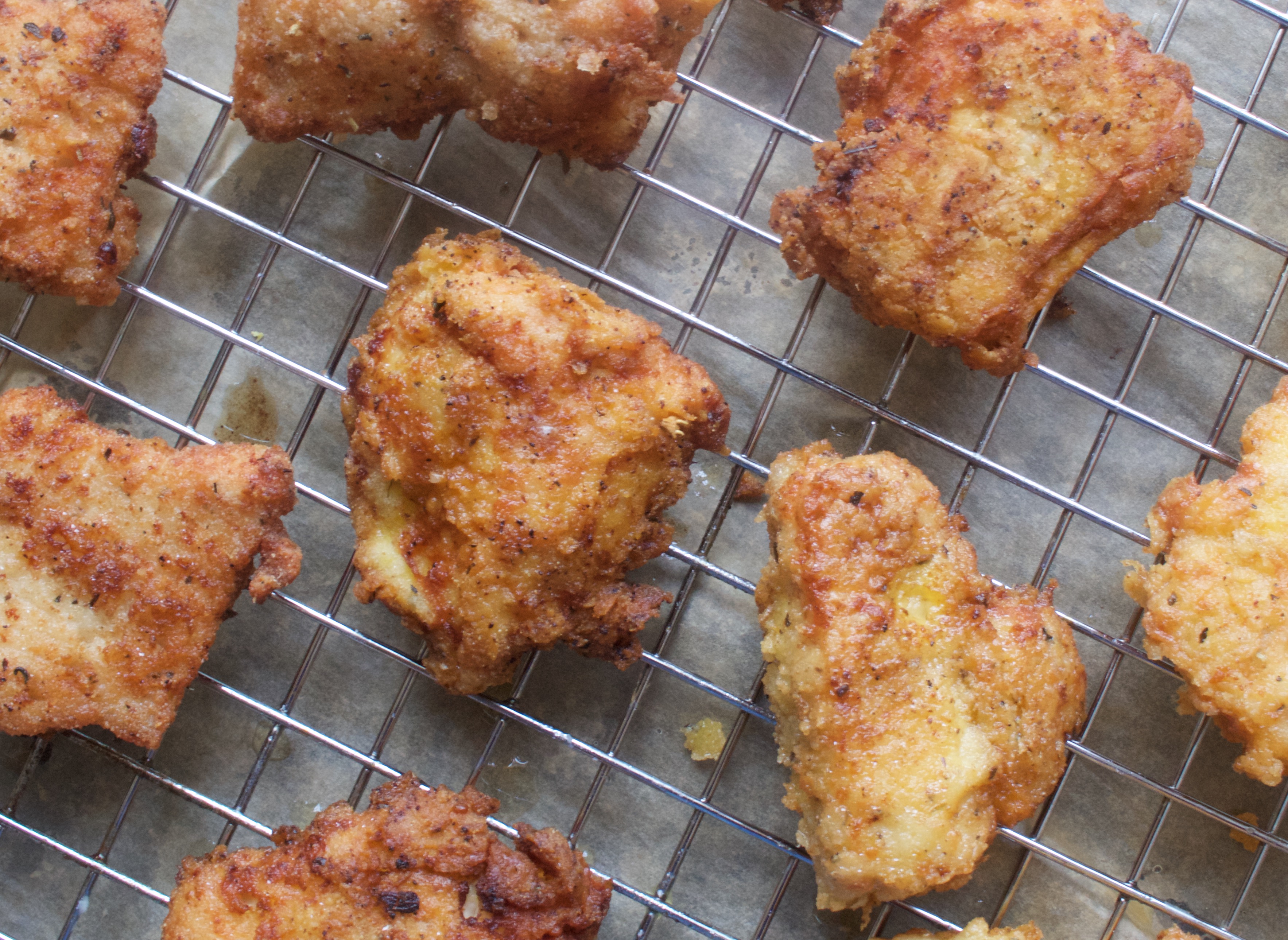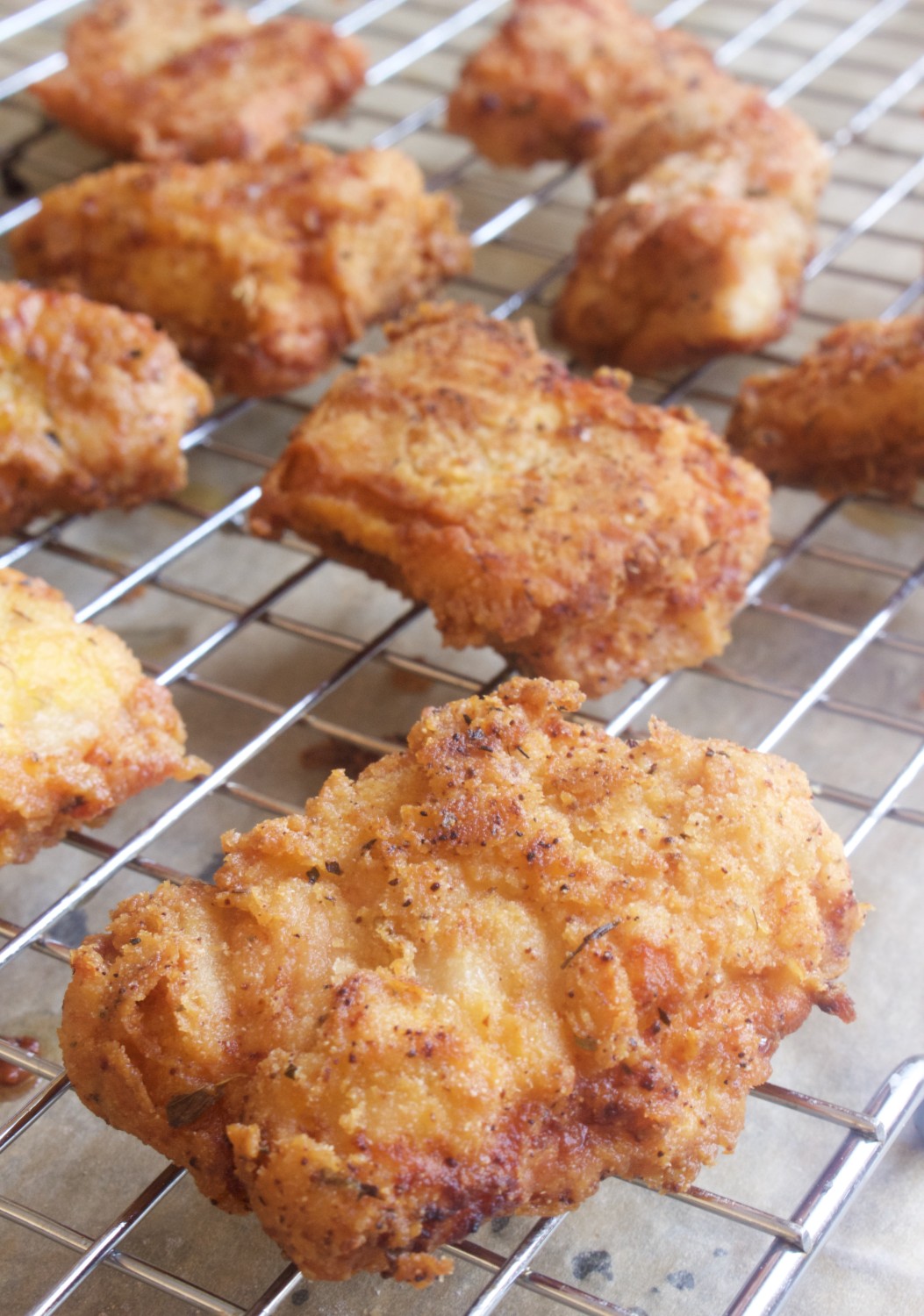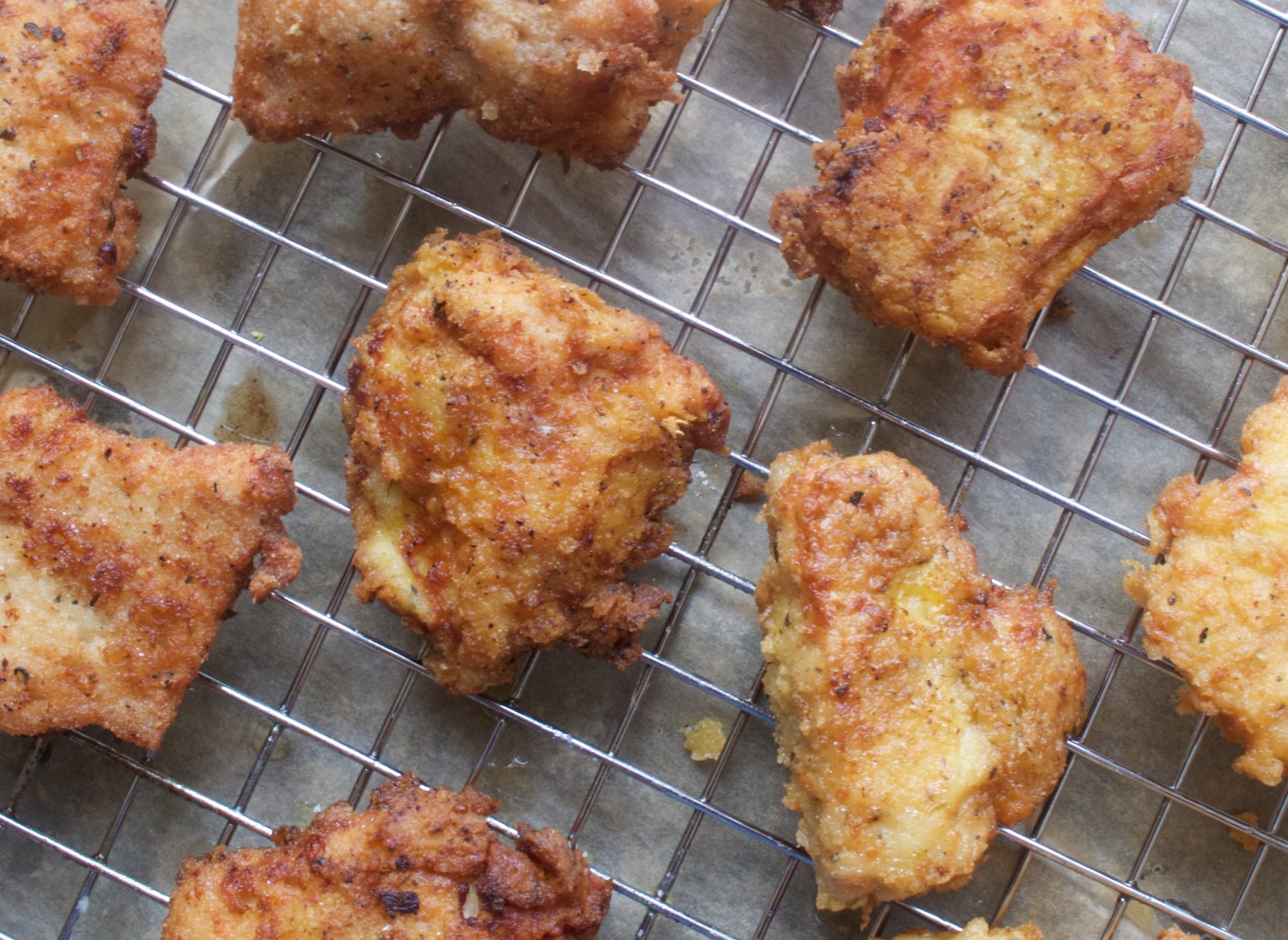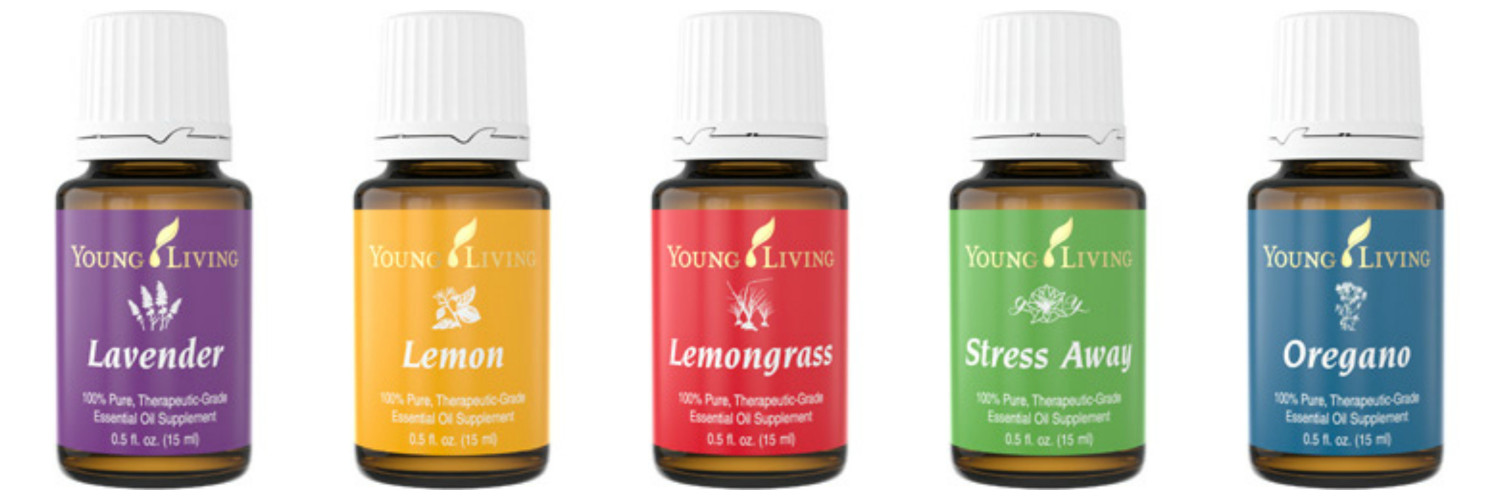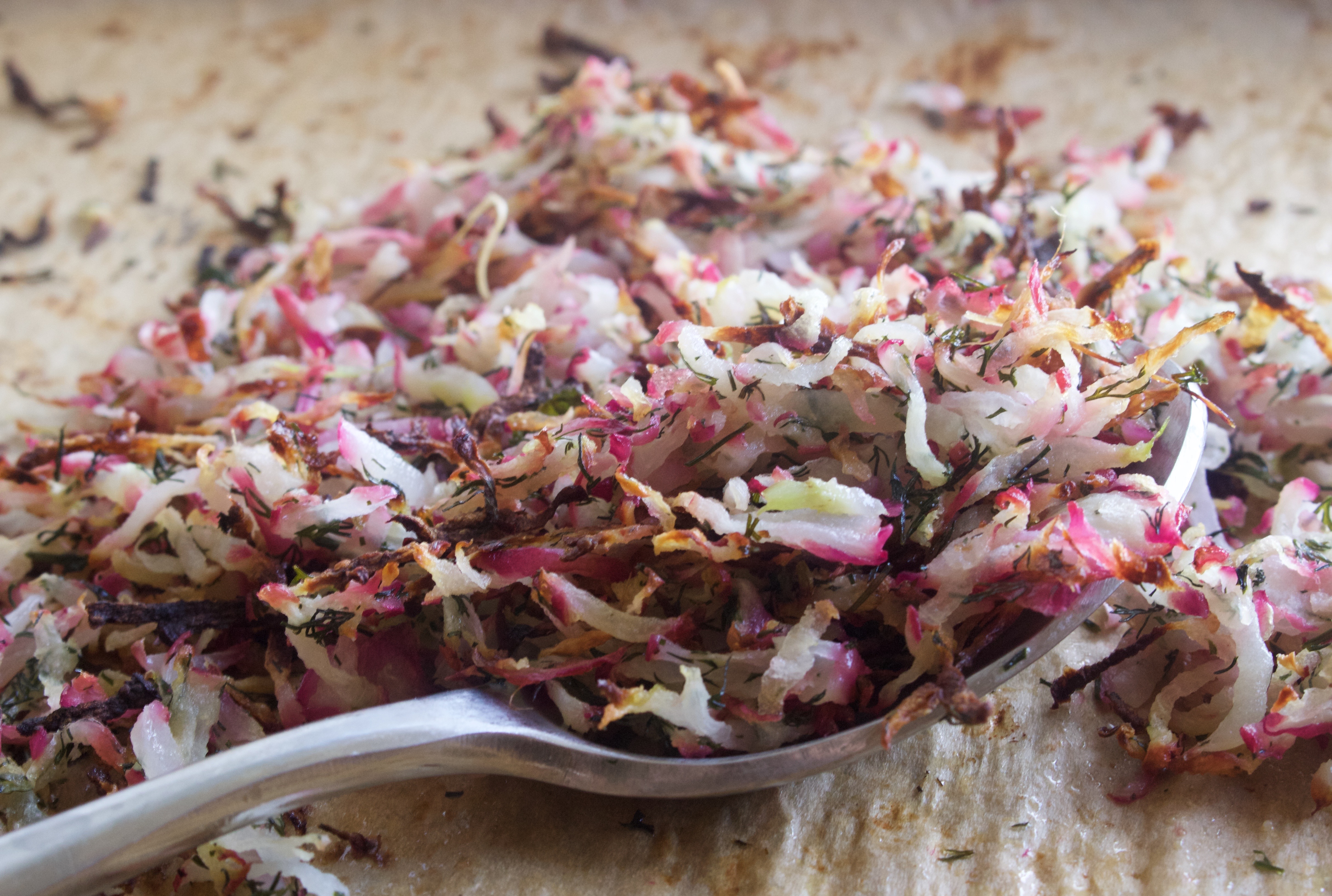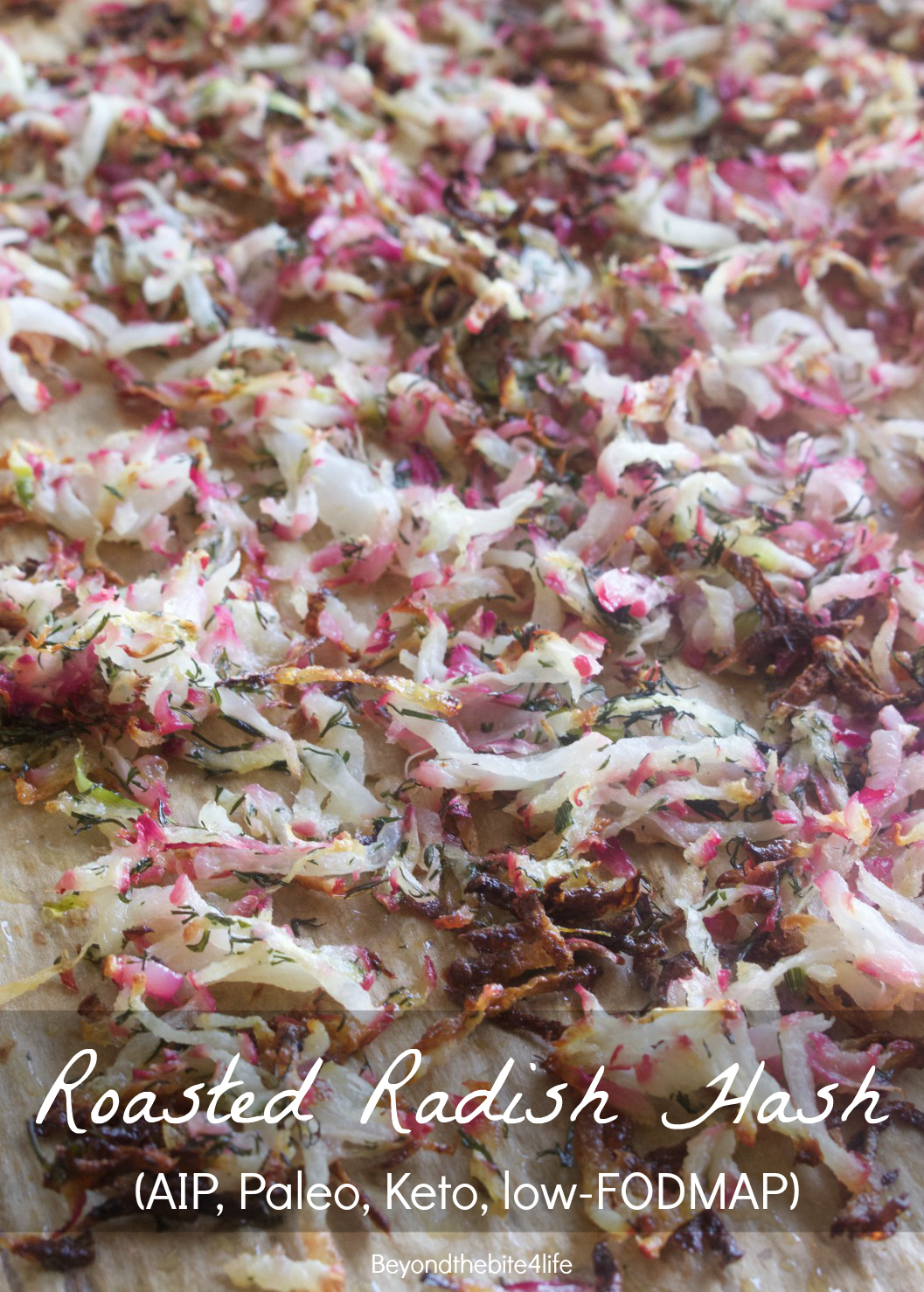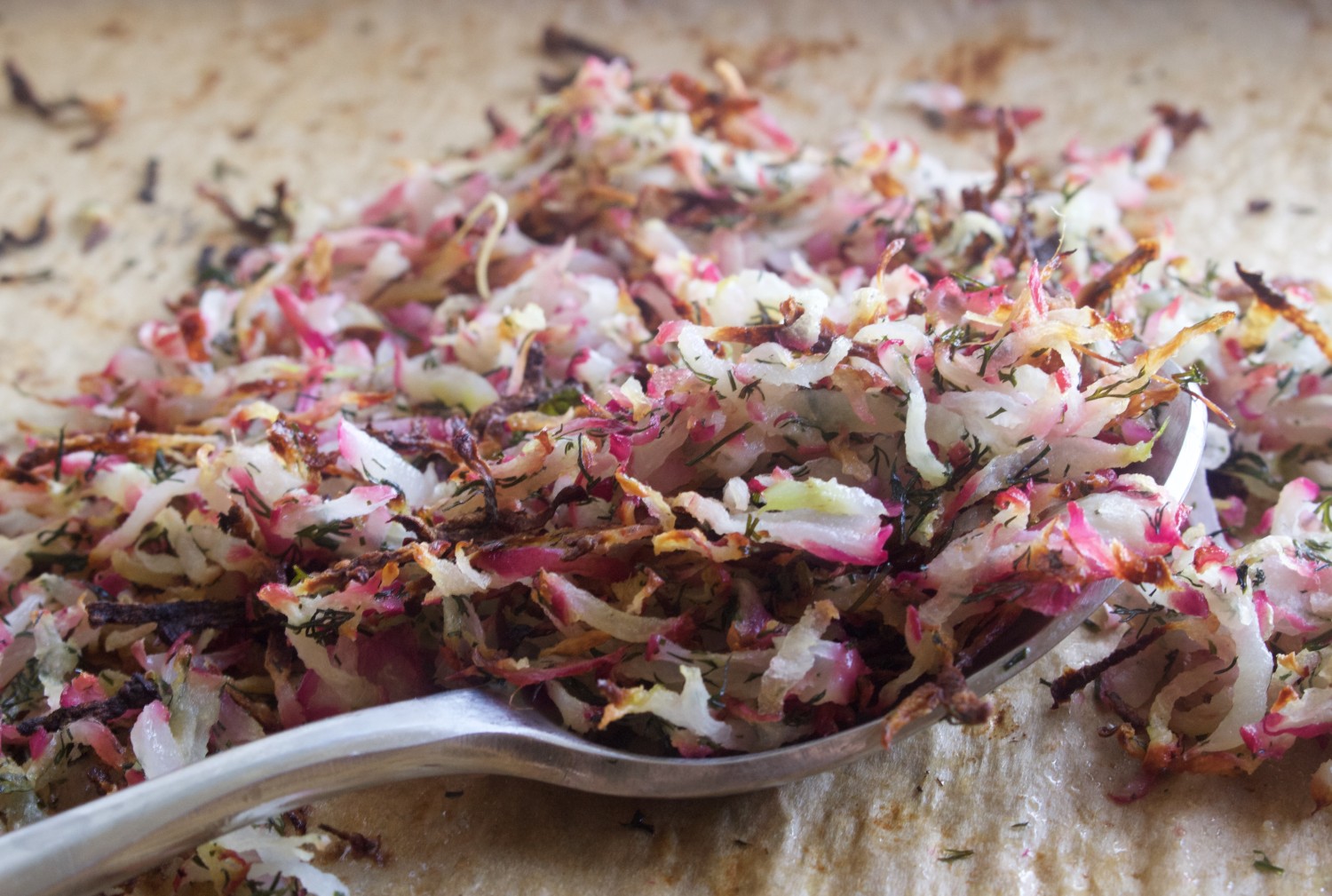
Anyone with an autoimmune disease, especially those battling chronic Lyme, know the saying”oh but you look so good” all too well. If you are like myself, you’ve come to master that saying well. As some of you might know, last fall I moved out of my parents house, to a completely different state, which is where I also began going to culinary school (see part 1). I’ll admit the transition was pretty brutal the first four months, and while I am finally getting used to living on my own and taking care of myself 100%, there still are inevitable setbacks. When these moments arise, whether it be in the form of feeling of being run over by a MAC truck, battling an extra cold or flu, or simply not being able to function correctly, there are many negative thoughts that can all too easily dominate any chronically ill individual’s mind. Today I wanted to share a few thoughts of my own for other guys and gals facing similar circumstances (i.e. a letter to all my fighters).
Facing the Unknown
You’re away from home, with no one but yourself to take care of you. You’ve made new friends at school, but they typically only see you on a “good day.” Even if it isn’t a good day, you still put on a happy face and power through, because, well, that’s what we, those with chronic illnesses, do best – keeping on keeping on, even when keeping on is seemingly impossible. If you are lucky, these individuals can actually grasp that the word “chronic” means that you battle physical struggles day in and day out. Of course, most of your acquaintances have no idea of your condition, and that is fine, as you do not want anyone to think you are using it as an advantage in school or any other area of life. However, what happens when a tiny set back goes from one lousy day, into an entire lousy week, or even month? The very thought is almost debilitating, as the individuals that you thought were your support system may very well vanish like everyone else did in your past years of being sick. Most college students are able to live life to the fullest and many don’t always understand why you do the things you do. However, we must remind ourselves that we cannot hide behind who we wish to be (completely healthy and acting like all of the guys and gals around us), rather we must embrace everything that our hardships have molded us into (strong, courageous, and bold inside and out). You’re never asking too much by seeing if a friend will help you drive somewhere, cook a meal, or simply be with you. A true friend would be willing to do this and more. Always surround yourself with people that recognize your inner strength yet build you up in your weakness.
It Takes Fire To Make Good Steel
Another fact that I have constantly tried to remind myself in the past seven months of living on my own is that, setbacks are setbacks, but rarely do they last forever. I know, it sure as heck doesn’t feel like that at the moment. If anything, it feels as though the entire world is falling apart and you are meeting your final doom. Yet I’ve experienced my fair share of these bumps in the road during the past 5+ years of being sick, and if anything, I’ve come to accept that from every so called “set back,” there is an even greater breakthrough. Whether it be self-growth and strengthening or even for the growth and strength of those around you, setbacks have a purpose. They’re lonely and painful, but sometimes I find myself thinking that yes, they are almost necessary to keep us humble and grateful for the full health that we are slowly but surely making our way towards.
Breakdowns are Breakthroughs
Bottom line, college with a chronic illness can be, and is, really hard. Just remember, your support system is not gone, they are still there for your 100 percent, even though you are away from home. If you are like me, this includes your family and God, but it could also be a counselor or a good friend from back home. Remember, having a setback doesn’t make you any less of a person. Being so weak you cannot get up off the couch doesn’t mean you’re a failure and this whole college thing is a waste. And never forget to pass up opportunities and practice saying “no,” because yes, your body is top priority, and while doing this is certainly easier said than done, we must never forget it. If you need to breakdown, breakdown, and let it all out, but just remember these breakdowns are simply breakthroughs. Setbacks will come, but they too shall pass.

Closing Thoughts
Just because you are a college student, doesn’t make the struggle any less real. Everything; the pain, fatigue, weakness, food allergies, etc…they are all still there. Going to college doesn’t make these things mysteriously disappear, and if anything, can be magnified due to being surrounded by many who do not experience them on a daily basis. Yet we must not let this get us down. Hear me when I say to stay strong, take care of yourself, and when you’ve hit a brick wall and there is no strength left in your bones, don’t become afraid. Stay steady, be patient with yourself, rest ad nourish your body even more than normal. If you cannot physically do this, try and find someone who is willing too. Asking the question of whether or not they are willing to help may not be comfortable, as this is typically the last thing we want to do. However, you may just find a great companion in doing so. And as one last note to all you ladies living out in the world while battling a chronic illness, remember, keep your chin up day in and day out, never loose your self worth, never lower yourself because you are different or “complicated.” You are worth so much more than anything that your external self might do to make you believe otherwise. Remember that there ARE other individuals out there like yourself ~ acting OK, looking OK, but not truly being OK on the inside. Yet there is One who is higher and mightier than all you will face, and He knows your every step. You are not alone.
Proverbs 18:10 “The name of the LORD is a fortified tower; the righteous run to it and are safe.”


